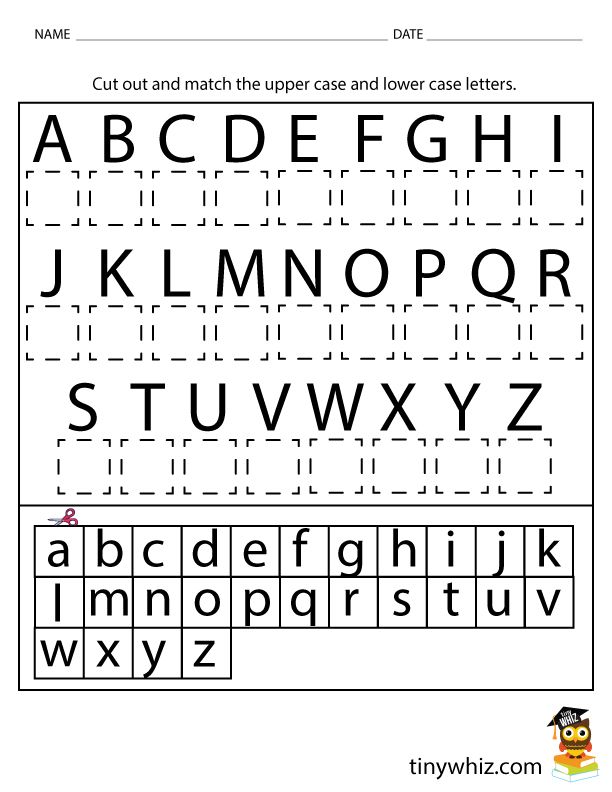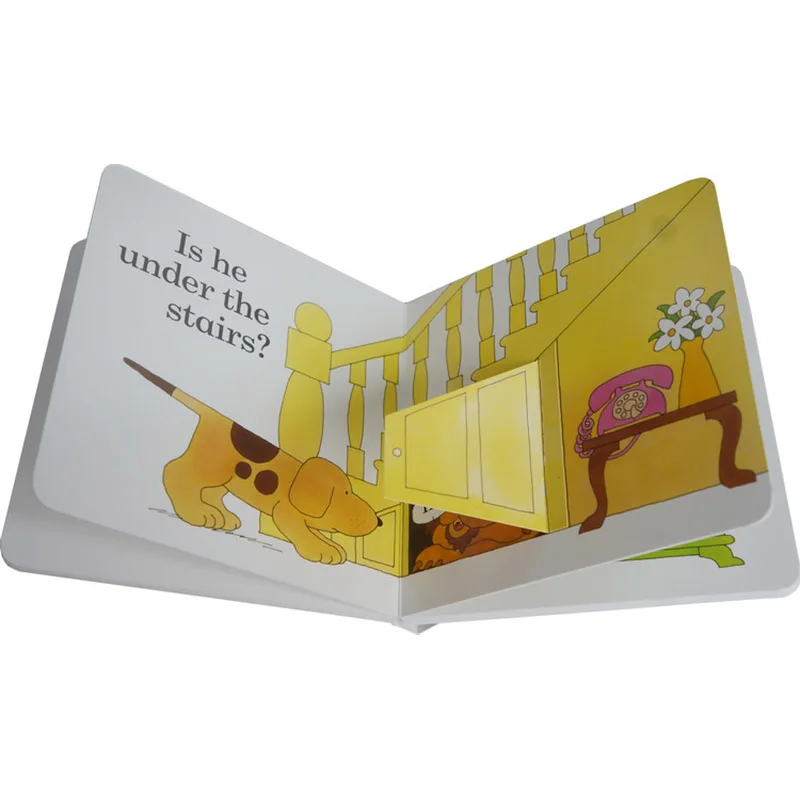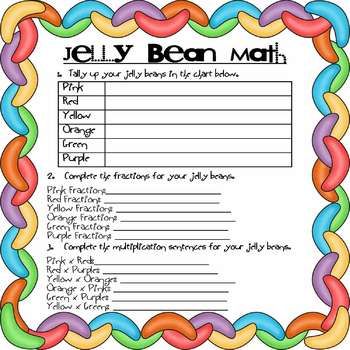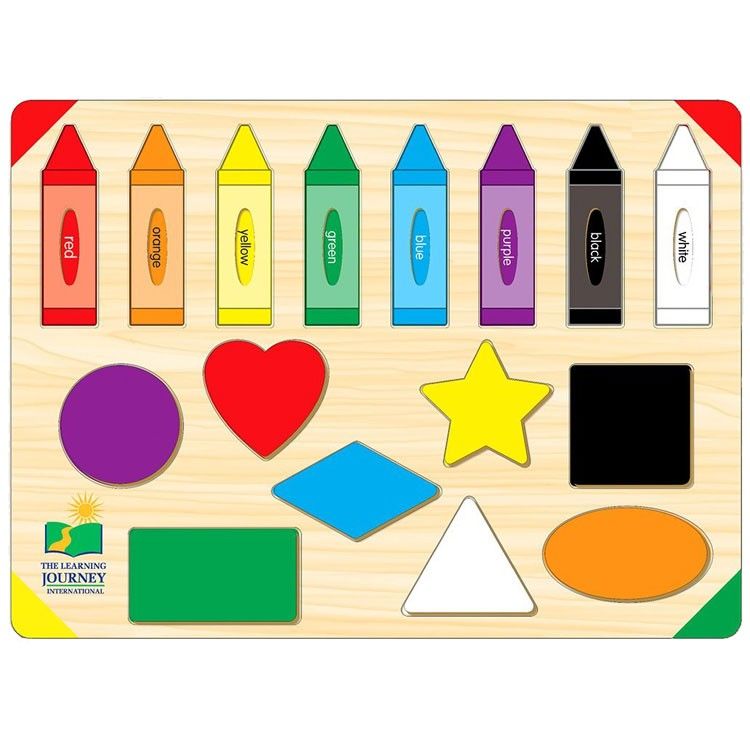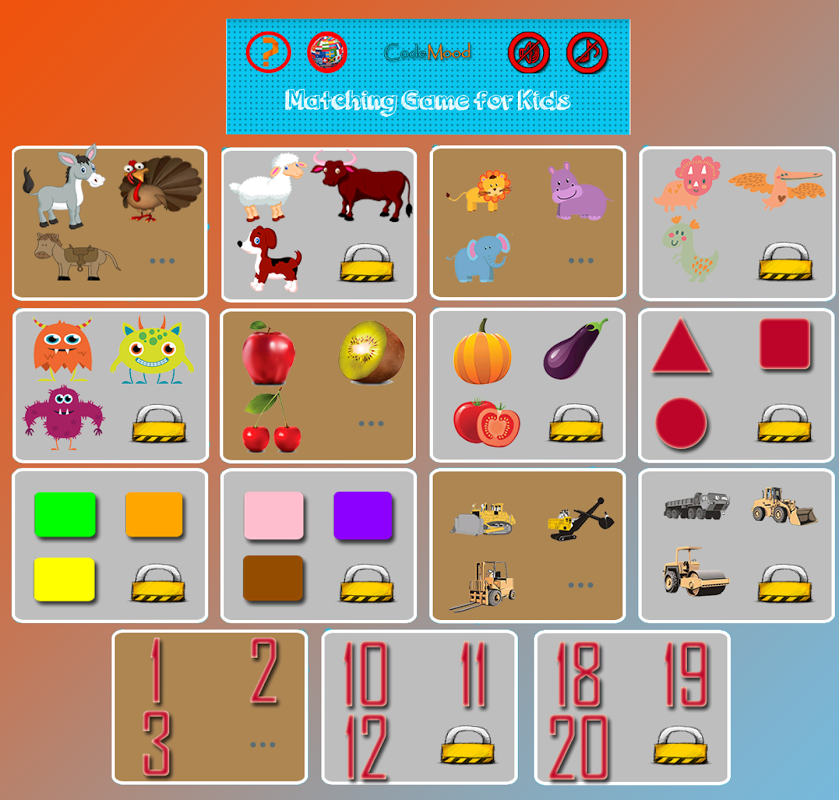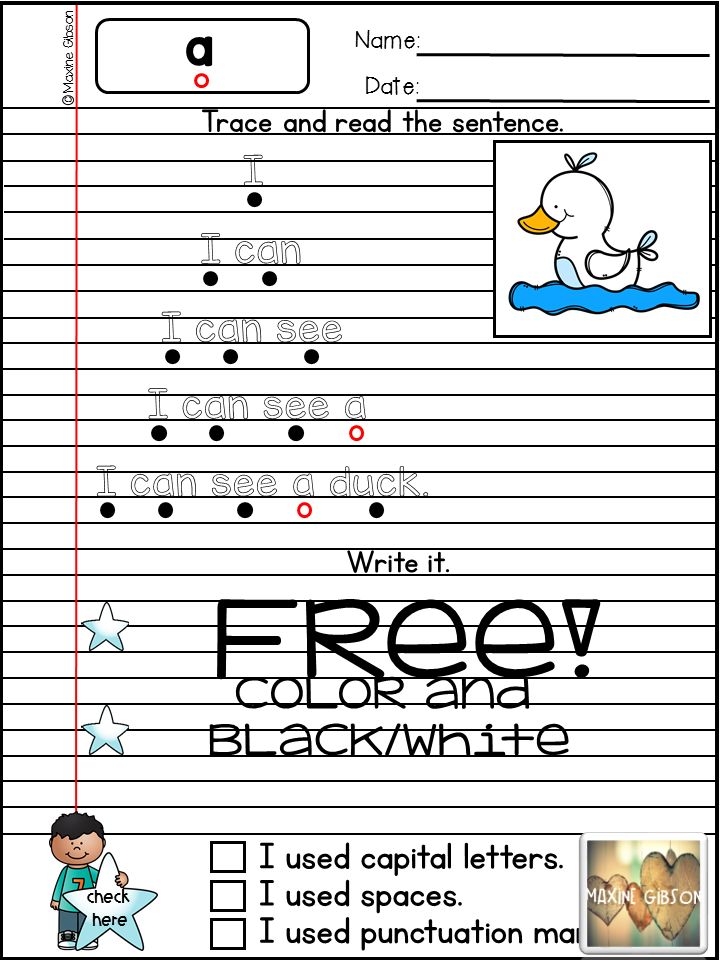Lower and upper case alphabet
What Are Lowercase, Uppercase Letters?
Lowercase letter definition: Lowercase letters are all other letters not in uppercase.
Uppercase letter definition: Uppercase letters are letters that represent the beginning of a sentence or a proper noun.
What are Lowercase Letters?
In writing, most letters are lowercase. Lowercase letters are all letters that do not begin a sentence or refer to a proper noun.
English alphabet lowercase letters: a b c d e f g h i j k l m n o p q r s t u v w x y z.
Examples of Lowercase Letters:
- word
- The word above uses only lowercase letters.
- The sentence above has lowercase letters after the first letter of the sentence.
- This sentence and the one directly above have all lowercase letters except for the “T.”
What are Uppercase Letters?
Uppercase letters are also known as capital letters. Uppercase letters signal to the reader that something is important or significant.
English alphabet uppercase letters: A B C D E F G H I J K L M N O P Q R S T U V W X Y Z.
Examples of Uppercase Letters:
- Jones
- This is a proper name, so the first letter of the title and the last name are capitalized
- Main Street
- This is a proper noun so the first letter of each word is capitalized
When to Use Uppercase Letters
In English, the first letter of every sentence is capitalized. The uppercase letter signals to the reader that a new sentence is beginning.
Other uses of uppercase letters are detailed below.
TitlesAll titles are considered proper nouns and require capitalization.
Examples:
- Miss Mabry
- Incorrect: miss mabry
- Mathers
- Incorrect: mr. mathers
- Madam Lockfield
- Incorrect: madam lockfield
- Lady Grace
- Incorrect: lady grace
- Janks
- Incorect: mrs.
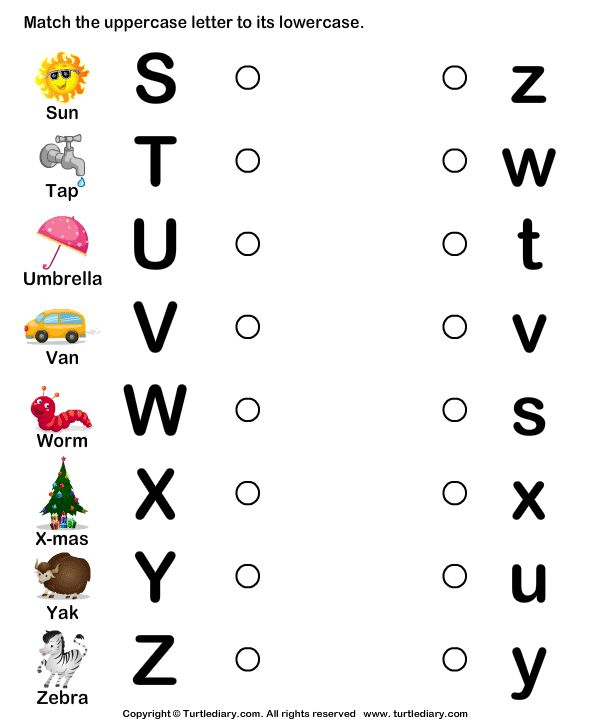 janks
janks
- Incorect: mrs.
Acronyms are a type of abbreviation. Acronyms are words formed from other letters to make a new word. However, they require capital letters to signal to the reader that those letters stand for something and are not a word alone.
Examples:
- NATO
- North Atlantic Treaty Organization
- UNICEF
- United Nations International Children’s Emergency Fund
- SCUBA
- Self-contained underwater breathing apparatus
All proper nouns need to be capitalized.
Examples:
- We visited the Bowers Museum on Saturday.
- Incorrect: We visited the bowers museum on Saturday.
- I would like to tour the Eiffel Tower.
- Incorrect: I would like to tour the eiffel tower.
- Their names are Jake and Suzy.
- Incorrect: Their names are jake and suzy.
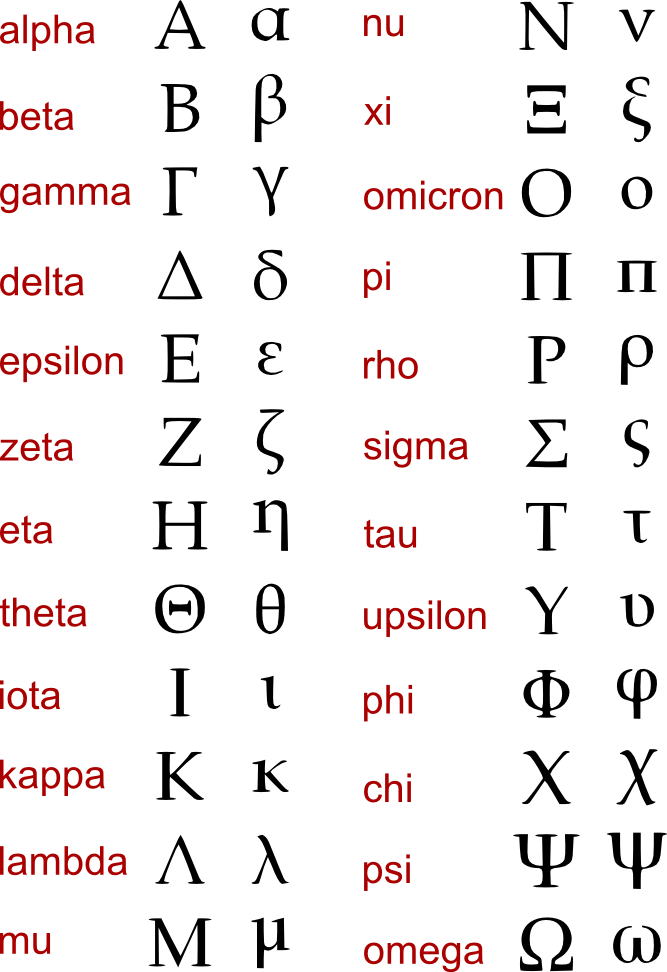
- Incorrect: Their names are jake and suzy.
When to Use Lowercase Letters
Use lowercase letters for all letters other than the first in a sentence, provided that there is no required use for uppercase letters in the sentence.
Examples:
- Every word in this sentence other than the first word is written in lowercase.
- The only words in this sentence that require uppercase letters are the proper nouns, London and Paris.
All nouns that are not proper nouns are called common nouns. All common nouns use lowercase letters (unless a common noun begins a sentence).
Examples:
- tree
- dog
- bird
- water
- air
- star
- street
- girl
- baby
Summary
Define lowercase letters: lowercase letters are those letters used for common nouns and internal words.
Define uppercase letters:
uppercase letters (also called capital letters) are those letters that signify the beginning of a sentence or a proper noun.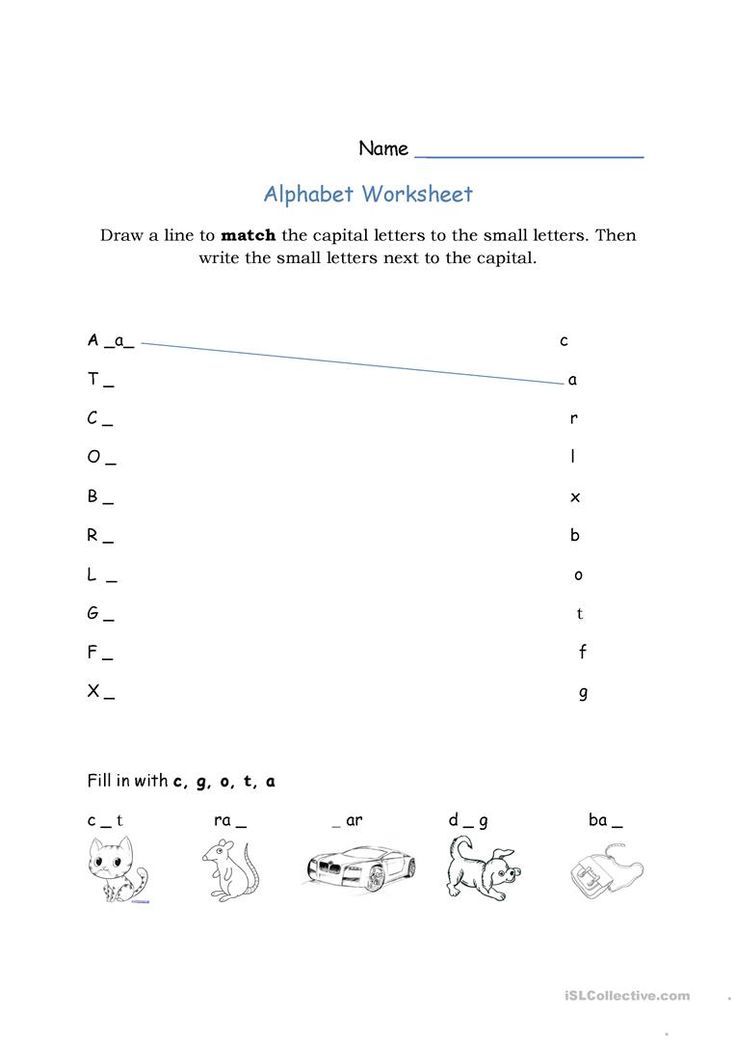
In summary,
- Uppercase and lowercase letters refer to all letters used to compose the English language.
- Uppercase letters are used to begin sentences and are also used for proper nouns.
- Lowercase letters are all letters that do not begin sentences.
Contents
- 1 What are Lowercase Letters?
- 2 What are Uppercase Letters?
- 3 When to Use Uppercase Letters
- 3.1 Titles
- 3.2 Acronyms
- 3.3 All Proper Nouns
- 4 When to Use Lowercase Letters
- 5 Summary
Upper-case letters Definition & Meaning
- Top Definitions
- Quiz
- More About Upper Case Letters
- Examples
Save This Word!
Capital letters. (Compare lower-case letters.)
QUIZ
WILL YOU SAIL OR STUMBLE ON THESE GRAMMAR QUESTIONS?
Smoothly step over to these common grammar mistakes that trip many people up.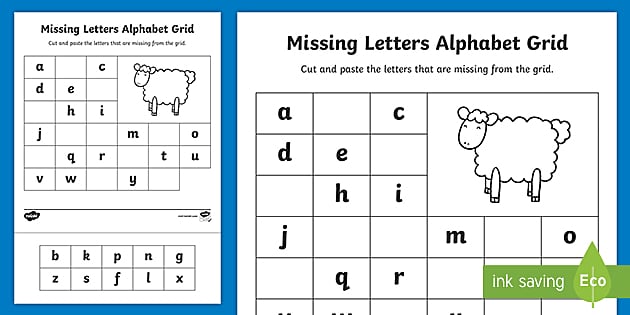 Good luck!
Good luck!
Question 1 of 7
Fill in the blank: I can’t figure out _____ gave me this gift.
Words nearby upper-case letters
upper bound, Upper Canada, Upper Canadian, Upper Carboniferous, uppercase, upper-case letters, upper chamber, Upper Chinook, upper class, upperclassman, upper crust
The New Dictionary of Cultural Literacy, Third Edition Copyright © 2005 by Houghton Mifflin Harcourt Publishing Company. Published by Houghton Mifflin Harcourt Publishing Company. All rights reserved.
MORE ABOUT UPPER CASE LETTERS
What are
uppercase letters?Uppercase letters are capital letters—the bigger, taller versions of letters (like W), as opposed to the smaller versions, which are called lowercase letters (like w).
Uppercase means the same thing as capital. Uppercase letters can also be called capitals.
Some uppercase letters are just larger, taller versions of their lowercase counterparts (like uppercase W and lowercase w or uppercase C and lowercase c), but in many cases the two versions of the letter take different forms altogether, such as uppercase A and lowercase a or uppercase B and lowercase b.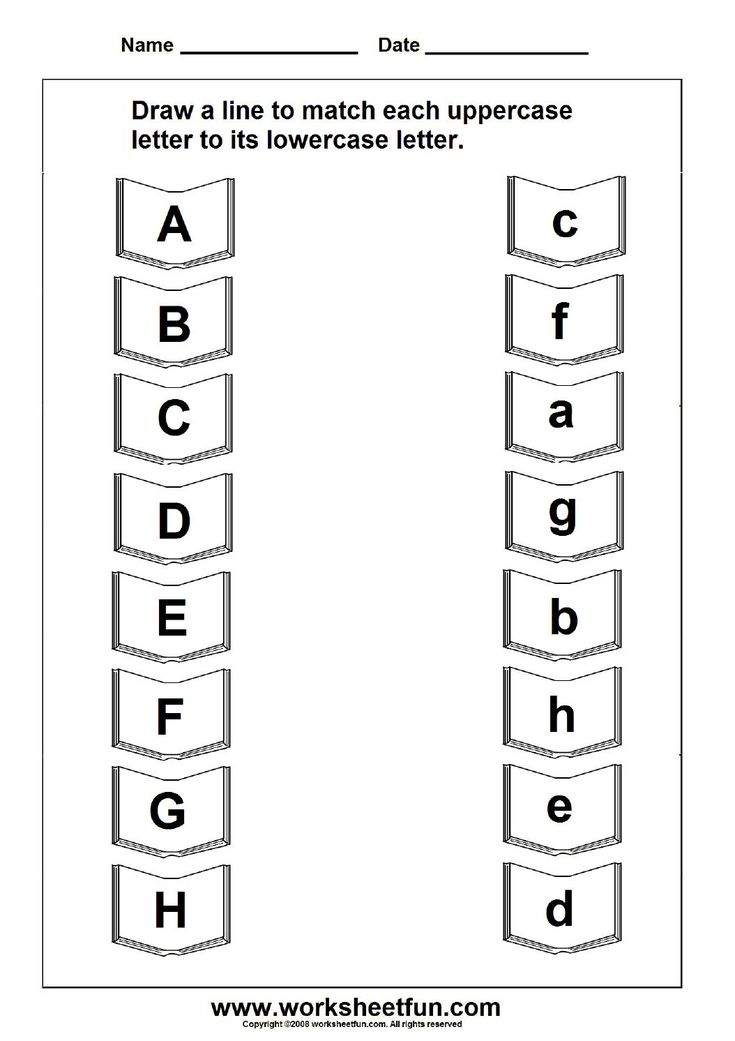
To capitalize a word is to make its first letter an uppercase letter. For example, to capitalize the word polish (which is here spelled with a lowercase p), you would write it with an uppercase P, as Polish.
The state of being capitalized or uppercase (or the process of making a letter an uppercase letter) is called capitalization, as in Please check your paper for proper punctuation and capitalization.
In English, uppercase letters are used at the beginning of words for a few different reasons. It is considered a standard rule of English to use an uppercase letter to start proper nouns (which are nouns that refer to specific people, places, or things—meaning one’s that have specific names), such as Jess, Mexico, and Nintendo. Using an uppercase letter at the start of a word can change the way the reader interprets its meaning, as in the case of polish (a verb meaning to make something shinier) and Polish (an adjective describing someone from Poland) or apple (the fruit) and Apple (the company).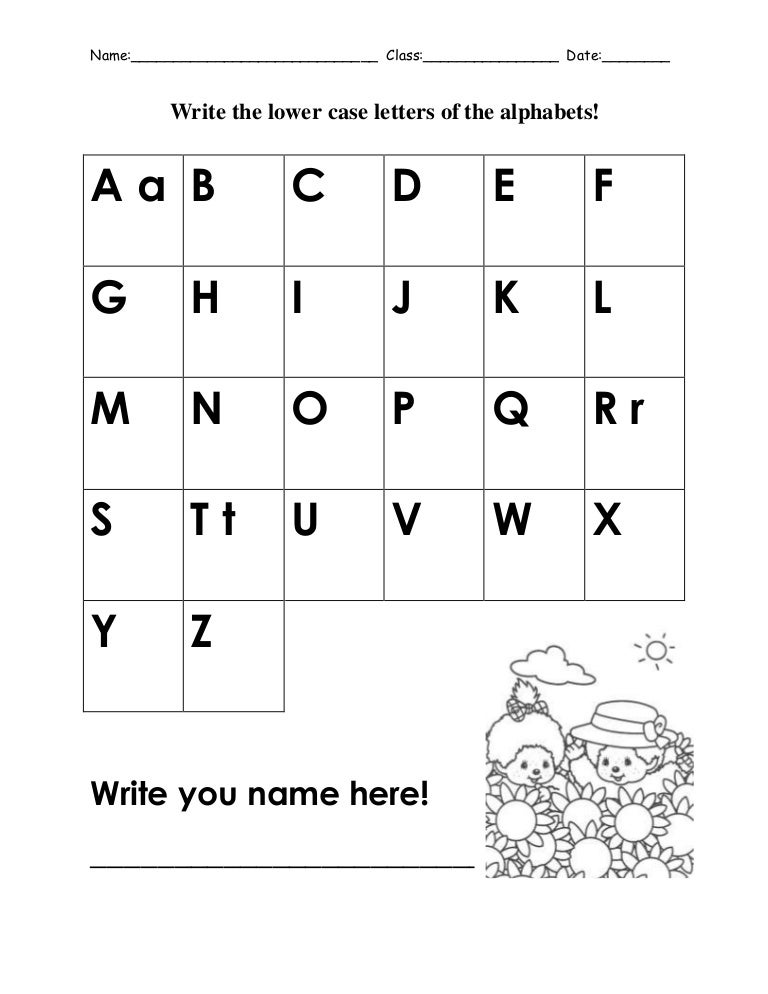
We also use an uppercase letter for the first letter of the first word in a sentence. Sometimes, we use an uppercase letter for the first letter of each word in a title, as in To All The Boys I’ve Loved Before. This is sometimes called title case.
Some acronyms and abbreviations are written using all uppercase letters, such as NASA and U.S. A word written entirely in uppercase letters (like WHAT) is said to be written in caps or all caps.
Example: A lot of people don’t bother using uppercase letters in text messages unless they want to emphasize something.
Where does
uppercase letter come from?The term uppercase letter has been used since at least the 1730s. The words uppercase and lowercase come from printing. The process of physically printing things with printing presses involved trays, called cases, that were divided into compartments for holding different kinds of type (blocks with letters on them).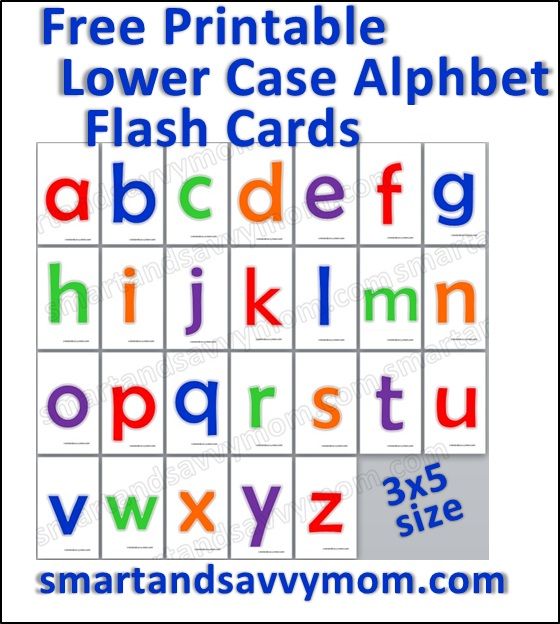 The upper case held capital letters and the lower case held what came to be known as lowercase letters.
The upper case held capital letters and the lower case held what came to be known as lowercase letters.
It can be confusing to know whether or not to use an uppercase letter in certain situations, but a capitalization guide can help.
Did you know ... ?
What are some other forms related to uppercase letter?
- upper-case letter (alternate hyphenated spelling)
- upper case letter (alternate two-word spelling)
What are some synonyms for uppercase letter?
- capital letter
- capital
- uppercase (when uppercase is used as a noun)
What are some words that share a root or word element with uppercase letter?
- uppercase
- lowercase
- lowercase letter
- letter
What are some words that often get used in discussing uppercase letter?
- capitalize
- capitalization
- spelling
- first
- word
- sentence
- title
How are
uppercase letters used in real life?Uppercase letters are used in the beginning of names and other proper nouns, at the beginning of sentences, at the beginning of words in titles, and in some abbreviations.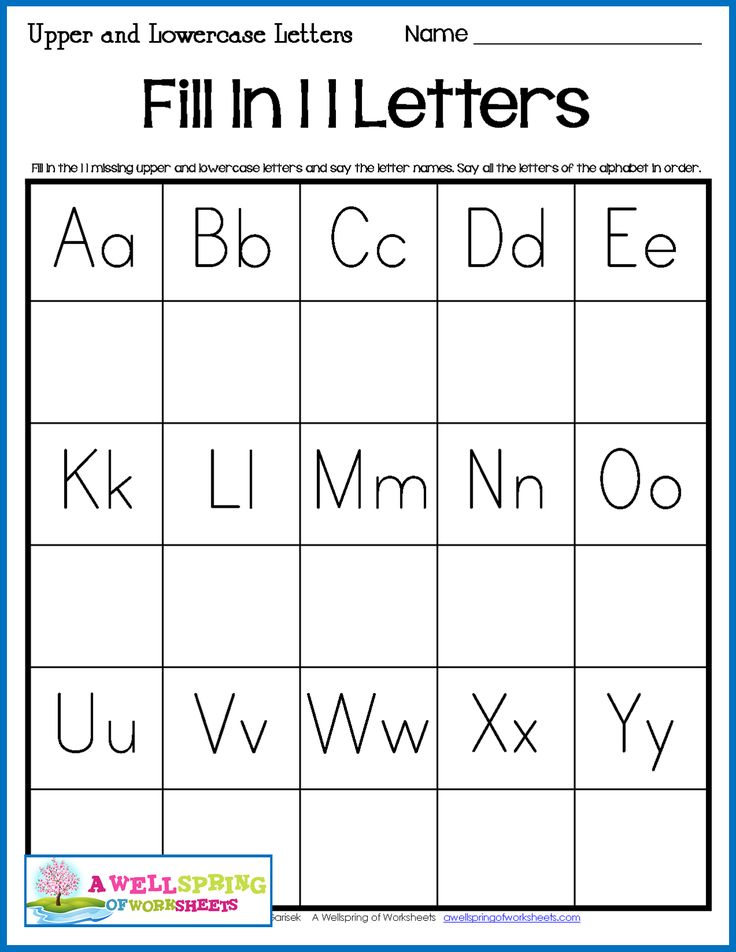 In casual use, a word might be written in uppercase letters for emphasis.
In casual use, a word might be written in uppercase letters for emphasis.
She’s back with the classics and the riddles and the puzzles. The uppercase letters say APRIL NINTH. 👏🏻 @taylorswift13 You deserve this, so much. 💛 https://t.co/x7KsswdBPj
— anne⁰⁰ ఌ😺 (@ANNEtisocial) February 11, 2021
Identifying and matching uppercase and lowercase letters using these colorful underwater themed cards. Games make learning fun! 🐟 🐠 #IslipENL #LearningIsFun @WingElemIslip pic.twitter.com/QjUSLvuZ57
— Jaclyn Brady (@JaclynBrady17) February 5, 2021
i wonder if i’ll ever use uppercase letters for anything besides emphasis again
— h☼ (@hl_cutie) July 8, 2019
Try using
uppercase letters!Which of the following kinds of words is often spelled with an uppercase letter at the beginning?
A. proper nouns
proper nouns
B. the first word in a sentence
C. the first word in a title
D. all of the above
How to use upper-case letters in a sentence
Certain features of its history suggest why this may be the case.
Anti-Fluoriders Are The OG Anti-Vaxxers|Michael Schulson|July 27, 2016|DAILY BEAST
And, in the case of fluoride, at least, that doubt might actually be justified.
Anti-Fluoriders Are The OG Anti-Vaxxers|Michael Schulson|July 27, 2016|DAILY BEAST
Her latest book, Heretic: The Case for a Muslim Reformation, will be published in April by HarperCollins.
Ayaan Hirsi Ali: Our Duty Is to Keep Charlie Hebdo Alive|Ayaan Hirsi Ali|January 8, 2015|DAILY BEAST
Their friendship began when Krauss, who was chairman of the physics department at Case Western in Cleveland, sought out Epstein.
Sleazy Billionaire’s Double Life Featured Beach Parties With Stephen Hawking|M.L. Nestel|January 8, 2015|DAILY BEAST
A grand juror in the Ferguson case is suing to be able to explain exactly what went down in the courtroom.
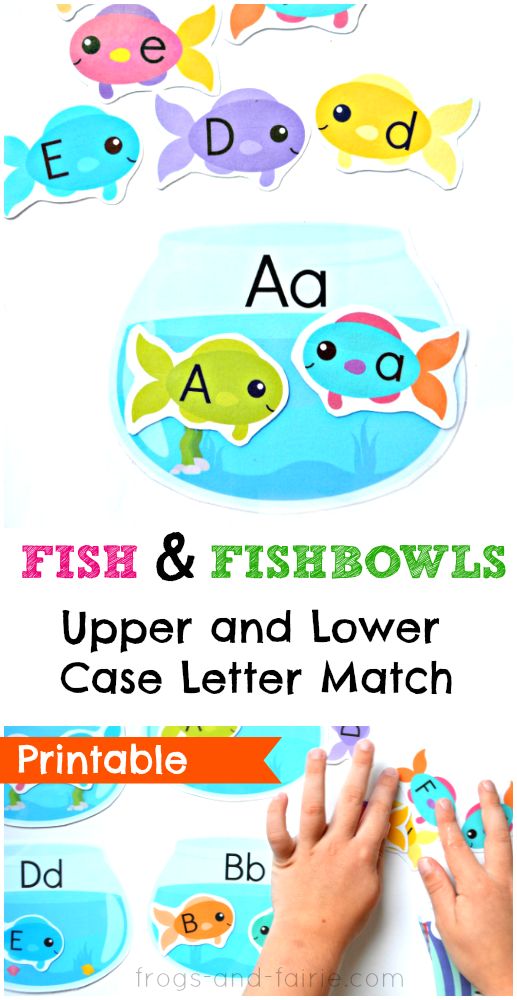
Politicians Only Love Journalists When They're Dead|Luke O’Neil|January 8, 2015|DAILY BEAST
“Perhaps you do not speak my language,” she said in Urdu, the tongue most frequently heard in Upper India.
The Red Year|Louis Tracy
The case was an assault and battery that came off between two men named Brown and Henderson.
The Book of Anecdotes and Budget of Fun;|Various
In this case, I suspect, there was co-operant a strongly marked childish characteristic, the love of producing an effect.
Children's Ways|James Sully
On the upper part of the stem the whorls are very close together, but they are more widely separated at the lower portion.
How to Know the Ferns|S. Leonard Bastin
Sometimes in the case of large plants, cones have been known to occur on the tips of the branches of the Marsh Horsetail.
How to Know the Ferns|S. Leonard Bastin
The truth about character case that programmers need to know / Habr
At the North Bay Python conference in 2018, I gave a talk on usernames. Most of the information in the report was compiled by me over 12 years of maintaining django-registration. This experience gave me a lot more knowledge than I had planned to have on how complex "simple" things can be.
Most of the information in the report was compiled by me over 12 years of maintaining django-registration. This experience gave me a lot more knowledge than I had planned to have on how complex "simple" things can be.
At the beginning of the report, I did mention that this would not be another exposé from the series of "misconceptions about X that programmers believe." You can find any number of such revelations. However, I don't like these articles. They list various things that are allegedly false, but very rarely explain why this is so, and what should be done instead. I suspect that people will simply read articles like this, congratulate themselves on this achievement, and then go on to find new and interesting ways to make mistakes not mentioned in these articles. It's because they didn't really understand the problems that these bugs give rise to.
Therefore, in my report, I tried to explain some of the problems as best as possible and explain how to solve them - I like this approach much more.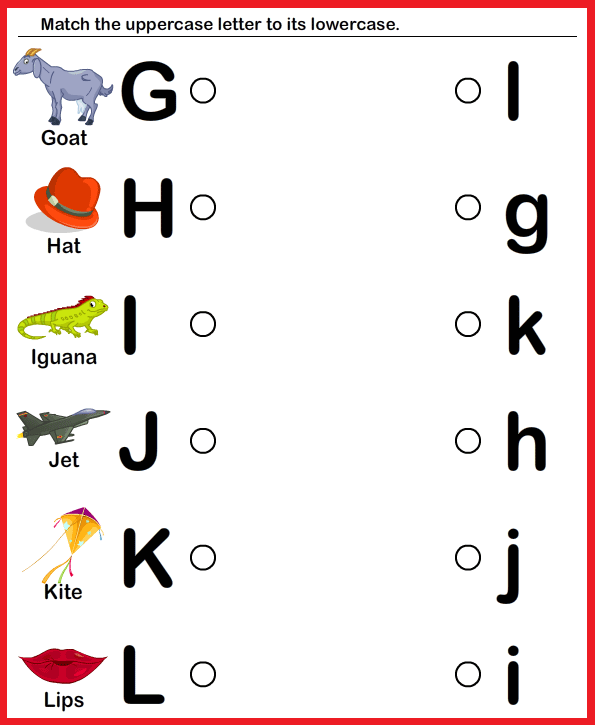 One topic that I've only touched on in passing (it was just one slide and a couple of mentions on other slides) is the complexities that can be associated with character case. There is an official Correct Answer™ for the problem I was discussing - comparing case-insensitive identifiers - and in the talk I gave the best solution I know, using only the Python standard library.
One topic that I've only touched on in passing (it was just one slide and a couple of mentions on other slides) is the complexities that can be associated with character case. There is an official Correct Answer™ for the problem I was discussing - comparing case-insensitive identifiers - and in the talk I gave the best solution I know, using only the Python standard library.
However, I briefly mentioned the deeper complications with Unicode case, and I want to spend some time describing the details. This is interesting, and understanding this can help you make decisions when designing and writing code that processes text. Therefore, I offer you something opposite to the articles "misconceptions about X that programmers believe" - "the truth that programmers should know."
One more thing: Unicode is full of terminology. In this article, I will mainly use the definitions of "upper case" and "lower case" because the Unicode standard uses these terms. If you like other terms, like lowercase/uppercase letters, that's fine.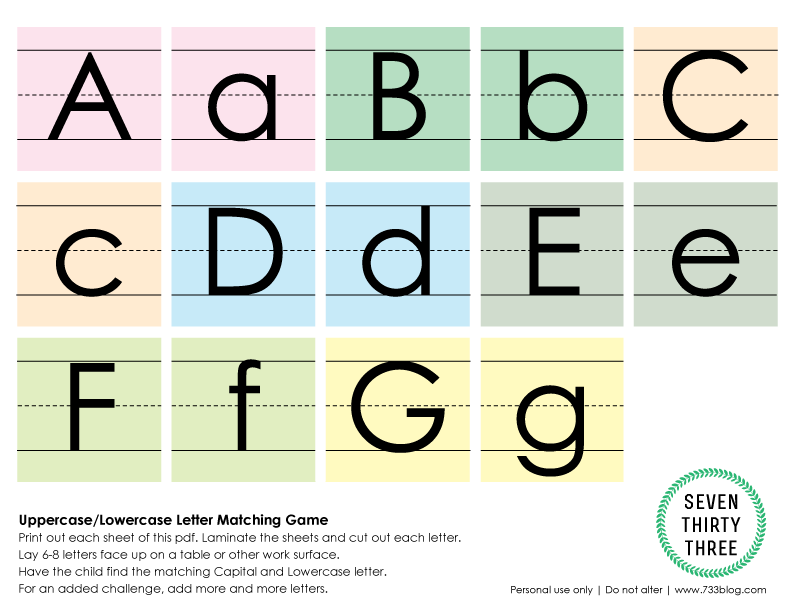 Also, I will often use the term "symbol", which some may consider incorrect. Yes, in Unicode the concept of "character" isn't always what people expect, so it's often best to avoid it by using other terms. However, in this article, I will use the term as it is used in Unicode, to describe an abstract entity about which claims can be made. When it matters, I will use more specific terms like "code point" for clarification.
Also, I will often use the term "symbol", which some may consider incorrect. Yes, in Unicode the concept of "character" isn't always what people expect, so it's often best to avoid it by using other terms. However, in this article, I will use the term as it is used in Unicode, to describe an abstract entity about which claims can be made. When it matters, I will use more specific terms like "code point" for clarification.
There are more than two registers
Speakers of European languages are accustomed to the fact that their languages use case to denote specific things. For example, in English [and Russian] we usually start sentences with an uppercase letter, and most often continue with lowercase letters. Also, proper names start with uppercase letters, and many acronyms and abbreviations are written in uppercase.
And we usually think that there are only two registers. There is an "A" and there is an "a". One is in upper case, the other is in lower case, isn't it?
However, there are three cases in Unicode. There is an upper one, there is a lower one, and there is a title case [titlecase]. In English, this is how names are written. For example, Avengers: Infinity War. Usually, to do this, the first letter of each word is simply written in uppercase (and depending on different rules and styles, some words, such as articles, are not capitalized).
There is an upper one, there is a lower one, and there is a title case [titlecase]. In English, this is how names are written. For example, Avengers: Infinity War. Usually, to do this, the first letter of each word is simply written in uppercase (and depending on different rules and styles, some words, such as articles, are not capitalized).
The Unicode standard gives this example of a capital case character: U+01F2 LATIN CAPITAL LETTER D WITH SMALL Z. It looks like this: Dz.
Characters like this are sometimes required to handle the negative consequences of one of the early design decisions of the Unicode standard: compatibility with existing text encodings in both directions. It would be more convenient for Unicode to compose sequences using the standard's ability to combine characters. However, in many systems already in existence, space has already been allocated for ready-made sequences. For example, in the ISO-8859-1 ("latin-1") standard, the character "é" has a prepared form numbered 0xe9.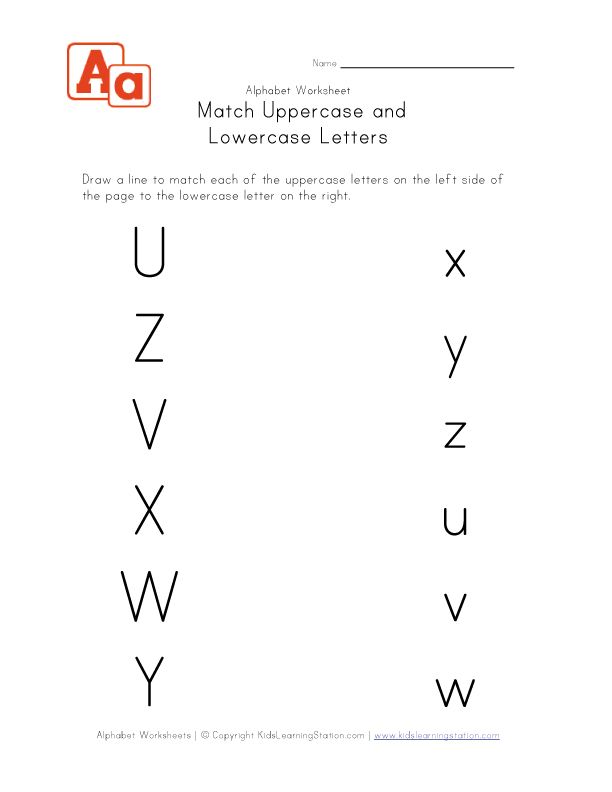 In Unicode, it would be preferable to write this letter with a separate "e" and an accent mark. But to ensure full compatibility in both directions with existing encodings such as latin-1, Unicode also assigns code points for predefined characters. For example, U+00E9 LATIN SMALL LETTER E WITH ACUTE.
In Unicode, it would be preferable to write this letter with a separate "e" and an accent mark. But to ensure full compatibility in both directions with existing encodings such as latin-1, Unicode also assigns code points for predefined characters. For example, U+00E9 LATIN SMALL LETTER E WITH ACUTE.
Although this character's code position is the same as its latin-1 byte value, don't rely on it. It is unlikely that the character encoding in Unicode will retain these positions. For example, in UTF-8 code position U+00E9written as the byte sequence 0xc3 0xa9.
And, of course, there are characters in already existing encodings that needed special treatment when using title case, which is why they were included in Unicode "as is". If you want to look at them, search your favorite Unicode database for characters in the Lt ("Letter, titlecase") category.
There are several ways to determine the register
The Unicode Standard (§4.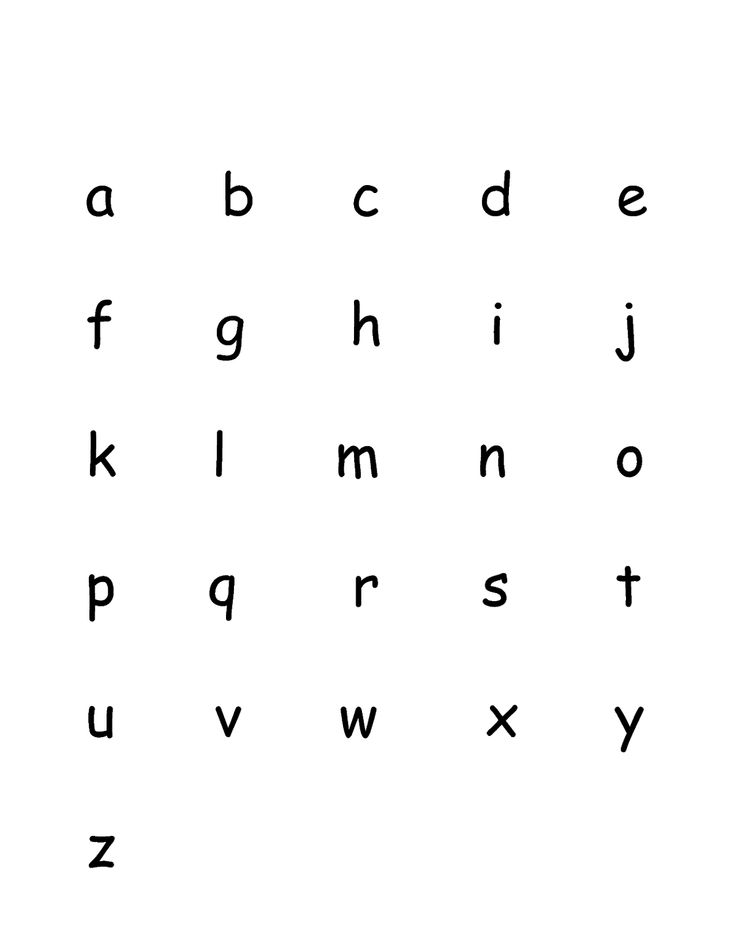 2) lists three different definitions of case. Perhaps the choice of one of the three makes your programming language for you; otherwise, your choice will depend on the specific purpose. Here are the definitions:
2) lists three different definitions of case. Perhaps the choice of one of the three makes your programming language for you; otherwise, your choice will depend on the specific purpose. Here are the definitions:
- A character is uppercase if it belongs to the category Lu ("Letter, uppercase"), and lowercase if it belongs to the category Ll ("Letter, lowercase"). The standard recognizes the limitations of this definition: each specific character has to be attributed to only one of the categories. Because of this, many characters that "should be" in uppercase or lowercase will not meet this requirement because they belong to some other category.
- The character is uppercase if it inherits the Uppercase property, and lowercase if it inherits the Lowercase property. It is a combination of defining one with other character properties, which may include case.
- A character is in uppercase if it does not change after a case mapping to uppercase has been applied to it.
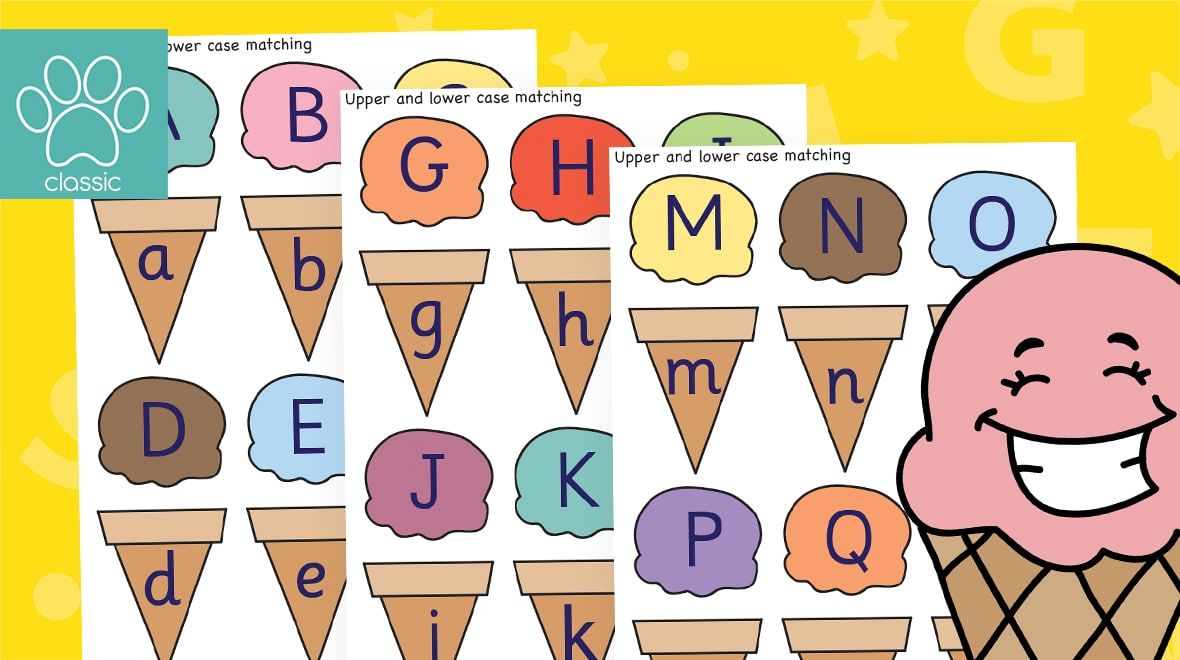 A character is in lowercase if, after applying a lowercase case mapping to it, it does not change. A rather general definition, however, it can also behave non-intuitively.
A character is in lowercase if, after applying a lowercase case mapping to it, it does not change. A rather general definition, however, it can also behave non-intuitively.
If you are working with a limited subset of characters (specifically, letters), then 1 definition may be enough for you. If your repertoire is broader - it includes characters that look like letters that are not letters, the 2nd definition may suit you. It is also recommended by the Unicode standard, §4.2:
Programmers manipulating Unicode strings should work with string functions such as isLowerCase (and its functional cousin toLowerCase) if they do not operate on character properties directly.
The function mentioned here is defined in §3.13 of the Unicode Standard. Formally, the 3rd definition uses the functions isLowerCase and isUpperCase from §3.13, defined in terms of fixed positions in toLowerCase and toUpperCase, respectively.
If your programming language has functions for checking or converting the case of strings or individual characters, it's worth looking into which of the definitions mentioned are used in the implementation.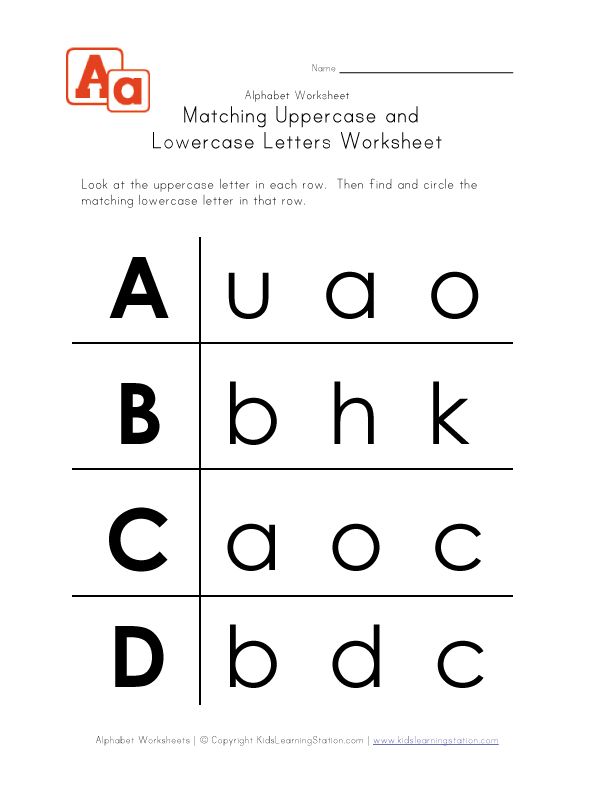 If you're wondering, Python's isupper() and islower() methods use the 2nd definition.
If you're wondering, Python's isupper() and islower() methods use the 2nd definition.
Cannot understand the case of a character by its appearance or name
By the appearance of many characters, you can understand what case they are in. For example, "A" is in upper case. This is clear from the name of the symbol: "LATIN CAPITAL LETTER A". However, sometimes this method does not work. Let's take the code position U+1D34. It looks like this: ᴴ. In Unicode, it's assigned a name: MODIFIER LETTER CAPITAL H. So it's in uppercase, right?
In fact, it inherits the Lowercase property, so by definition #2 it is in lower case, despite the fact that it visually resembles a capital H, and the name contains the word "CAPITAL".
Some characters have no case at all
Definition 135 in §3.13 of the Unicode Standard reads:
The character C is case-sensitive if and only if C has a Lowercase or Uppercase property, or the value of the General_Category parameter is Titlecase_Letter.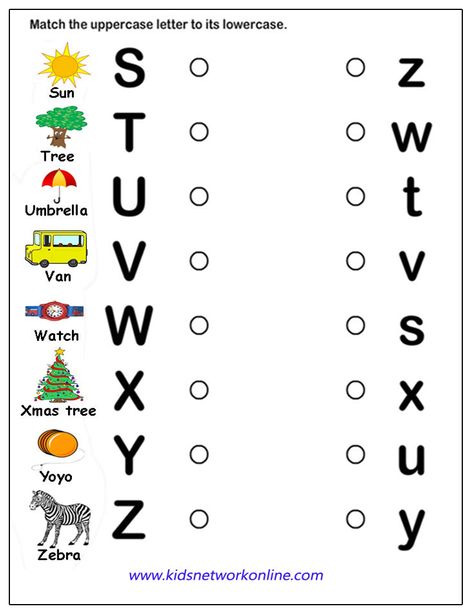
So a lot of Unicode characters - in fact, most of them - are caseless. Questions about their case do not make sense, and case changes do not affect them. However, we can get the answer to this question by definition #3.
Some characters behave as if they have multiple cases
It follows from this that if you use definition #3 and ask if an uncase character is in uppercase or lowercase, you will get the answer "yes".
The Unicode standard gives an example (Table 4-1, line 7) of the U+02BD MODIFIER LETTER REVERSED COMMA character (which looks like this: ʽ). It does not have the inherited Lowercase or Uppercase properties, and is not in the Lt category, so it is not case-sensitive. However, converting to upper case does not change it, and converting to lower case does not change it, so by definition 3 it answers yes to both questions: "Are you upper case?" and “are you lowercase?”
This seems like a lot of unnecessary confusion, but the point is that definition #3 works with any sequence of Unicode characters, and simplifies case conversion algorithms (caseless characters just turn into themselves).
Case dependent on context
You might think that if the Unicode case conversion tables cover all characters, then this conversion is simply a matter of finding the right place in the table. For example, the Unicode database says that U+0041 LATIN CAPITAL LETTER A will be U+0061 LATIN SMALL LETTER A in lowercase. Simple, right?
One example where this approach does not work is Greek. The character Σ—that is, U+03A3 GREEK CAPITAL LETTER SIGMA—is mapped to two different characters when converted to lowercase, depending on where it appears in the word. If it is at the end of a word, then it will be ς (U+03C2 GREEK SMALL LETTER FINAL SIGMA) in lower case. Anywhere else it will be σ (U+03C3 GREEK SMALL LETTER SIGMA).
This means that the register has no one-to-one or transitivity. Another example is ß (U+00DF LATIN SMALL LETTER SHARP S, or escet). In uppercase it would be "SS", although there is now another uppercase form of it (ẞ, U+1E9E LATIN CAPITAL LETTER SHARP S).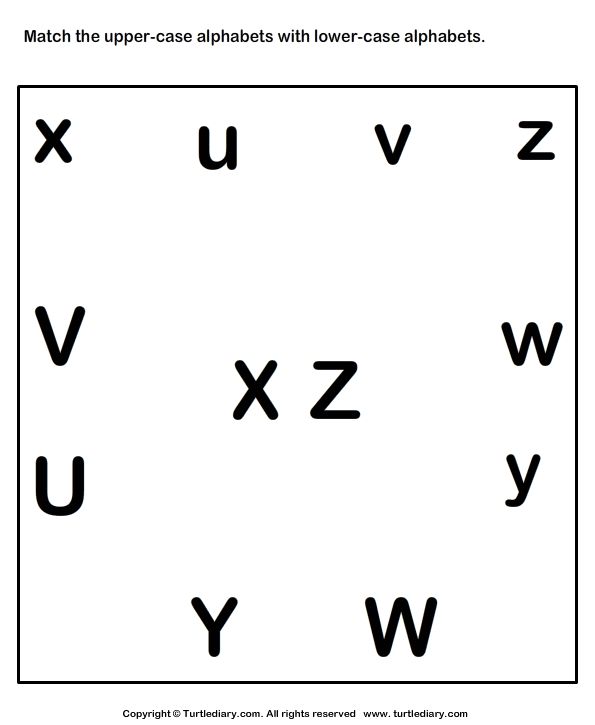 And converting "SS" to lowercase results in "ss", so (using Unicode terminology for case conversion): toLowerCase(toUpperCase(ß)) != ß.
And converting "SS" to lowercase results in "ss", so (using Unicode terminology for case conversion): toLowerCase(toUpperCase(ß)) != ß.
Locale-specific case
Different languages have different case conversion rules. The most popular example: i (U+0069 LATIN SMALL LETTER I) and I (U+0049 LATIN CAPITAL LETTER I) are converted to each other in most locales - most, but not all. In the az and tr locales (Turkic), the uppercase i is İ (U+0130 LATIN CAPITAL LETTER I WITH DOT ABOVE) and the lowercase I is ı (U+0131 LATIN SMALL LETTER DOTLESS I). Sometimes the right notation really means the difference between life and death.
Unicode itself does not handle all possible case conversion rules for all locales. In the Unicode database, there are only general rules for converting all characters that are not dependent on the locale. Also there are special rules for some languages and compound forms - Lithuanian, Turkic languages, some features of Greek.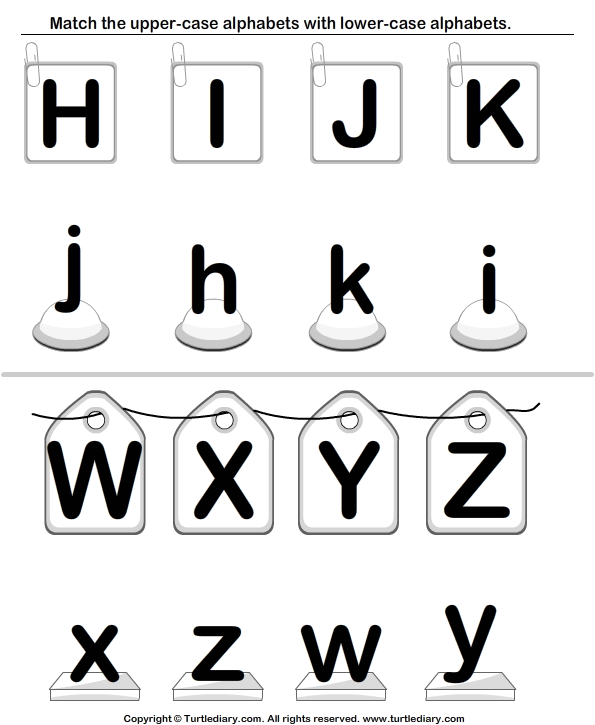 Everything else is not there. §3.13 of the standard mentions this and recommends introducing locale-specific conversion rules when necessary.
Everything else is not there. §3.13 of the standard mentions this and recommends introducing locale-specific conversion rules when necessary.
One example that will be familiar to English speakers is the title case of certain names. "o'brian" must be converted to "O'Brian" (not to "O'brian"). However, in this case, "it's" must be converted to "It's", and not to "It's". Another example that is not handled in Unicode is the Dutch character "ij", which, when converted to title case, must be converted to uppercase if it appears at the beginning of a word. Thus, a large bay in the Netherlands would be "IJsselmeer" in the title case, not "Ijsselmeer". Unicode has the characters IJ U+0132 LATIN CAPITAL LIGATURE IJ and ij U+0133 LATIN SMALL LIGATURE IJ if you need them. By default, case conversion converts them to each other (although Unicode normalization forms using compatibility equivalence will split them into two separate characters).
Case-insensitive comparison requires folded case conversion
Returning to the material presented in the report.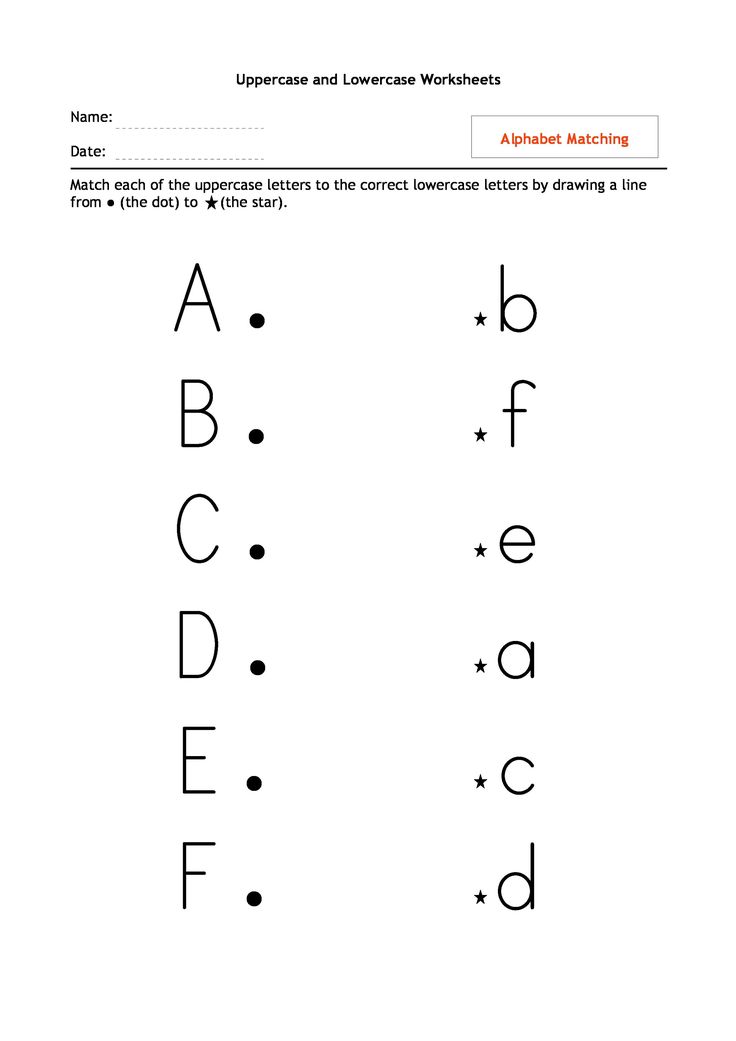 The complexity of dealing with case in Unicode means that case-insensitive comparison cannot be done using the standard lowercase or uppercase conversion functions found in many programming languages. For such comparisons, Unicode has the concept of case folding, and §3.13 of the standard defines the toCaseFold and isCaseFolded functions.
The complexity of dealing with case in Unicode means that case-insensitive comparison cannot be done using the standard lowercase or uppercase conversion functions found in many programming languages. For such comparisons, Unicode has the concept of case folding, and §3.13 of the standard defines the toCaseFold and isCaseFolded functions.
You might think that folding to folded case is like casting to lowercase, but it's not. The Unicode standard warns that a folded-case string will not necessarily be in lowercase. The Cherokee language is given as an example - there, in a line that is in folded case, characters in upper case will also come across.
One of the slides in my report implements the recommendations of Unicode Technical Report #36 in Python as fully as possible. NFKC is normalized and then the casefold() method (only available in Python 3+) is called on the resulting string. Even so, some edge cases fall out, and this is not exactly what is recommended for comparing identifiers.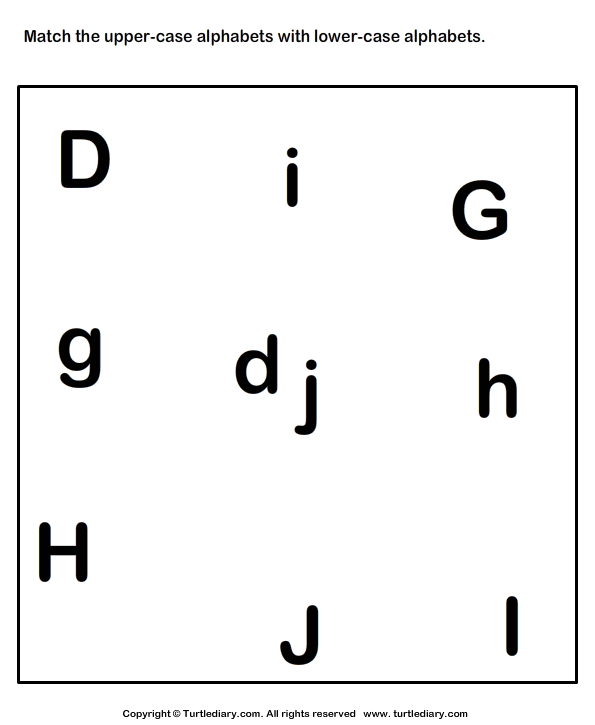 First, the bad news: Python doesn't expose enough Unicode properties to filter out characters that aren't in XID_Start or XID_Continue, or characters that have the Default_Ignorable_Code_Point property. To my knowledge it does not support NFKC_Casefold mapping. It also lacks an easy way to use the modified NFKC UAX #31§5.1.
First, the bad news: Python doesn't expose enough Unicode properties to filter out characters that aren't in XID_Start or XID_Continue, or characters that have the Default_Ignorable_Code_Point property. To my knowledge it does not support NFKC_Casefold mapping. It also lacks an easy way to use the modified NFKC UAX #31§5.1.
The good news is that most of these edge cases do not involve any real security risks posed by the characters in question. And case folding is in principle not defined as a normalization-preserving operation (hence the NFKC_Casefold mapping, which renormalizes to NFC after case folding). Generally, when comparing, you don't care if both strings are normalized after preprocessing. What you care about is whether the preprocessing is inconsistent, and whether it guarantees that only strings that "should" be different afterwards will be different afterwards. If this bothers you, you can manually renormalize after case addition.
Enough for now
This article, like the previous report, is not exhaustive, and it is hardly possible to fit all this material into a single post.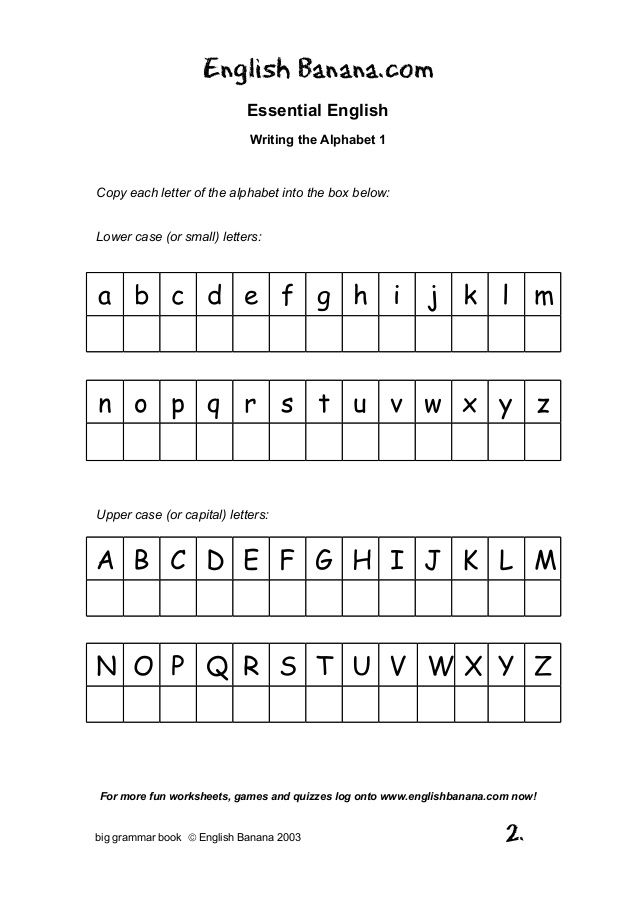 I hope this has been a useful overview of the complexities associated with this topic and that you will find enough starting points in it to look for further information. Therefore, in principle, you can stop here.
I hope this has been a useful overview of the complexities associated with this topic and that you will find enough starting points in it to look for further information. Therefore, in principle, you can stop here.
Wouldn't it be naïve for me to hope that other people would stop writing exposés from the series of "misconceptions about X that programmers believe" and start writing articles like "the truth programmers should know"?
What does it mean to contain both upper and lower case characters in zoom
What does it mean to contain both upper and lower case characters?
Upper case means that capital letters are currently being entered from the keyboard, and lower case, respectively, lower case. That is, each sentence begins with a capital letter. We use upper case for this. The rest of the sentence is "small" letters, that is, lowercase is used.
What does it mean Password must contain characters in different case?
This means that you must have at least one capital letter in your password, for example : Password, not password. & * ( ) _ — + Previous passwords cannot be used.
& * ( ) _ — + Previous passwords cannot be used.
What is case when entering a password?
In other words, this means that two words that appear or sound the same but use different letter cases are not considered equal. For example, if the password field is case sensitive, then you must enter each case letter as you did when creating the password.
What do uppercase letters mean?
uppercase - Large, uppercase letters such as A, B, C (as opposed to lowercase, small letters a, b, c, etc.). … change to uppercase — Switches the keyboard to enter uppercase (capital) letters and other uppercase characters.
What does the word register mean?
Register (digital technology) - a serial or parallel logical device used to store n-bit binary numbers and perform transformations on them.
What are the registers in music?
Register - a part of sounds united by some feature, mainly timbre. In each voice, three registers are conditionally distinguished: high, medium and low.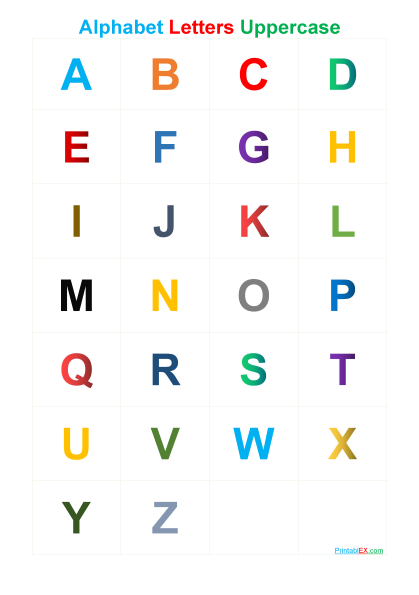
What are special characters in a password?
This value specifies that the password cannot contain 2 or more consecutive special characters. A special character is a character whose unicode value cannot be represented as a letter or number. This value specifies that the first character of the password cannot be a special character.
What are upper and lower case letters?
Upper case means that capital letters are currently being entered from the keyboard, and lower case, respectively, lower case. That is, each sentence begins with a capital letter. … The rest of the sentence is “small” letters, that is, lower case is used.
What is register on a telephone keypad?
Simply put, if we have the lower case of the keyboard turned on, then lowercase (small) letters are printed. If we have the upper case of the keyboard turned on, then capital (big) letters are printed. ... We press the key with the letter “З” - the capital (big) letter “З” is printed, which is in the upper case of the keyboard.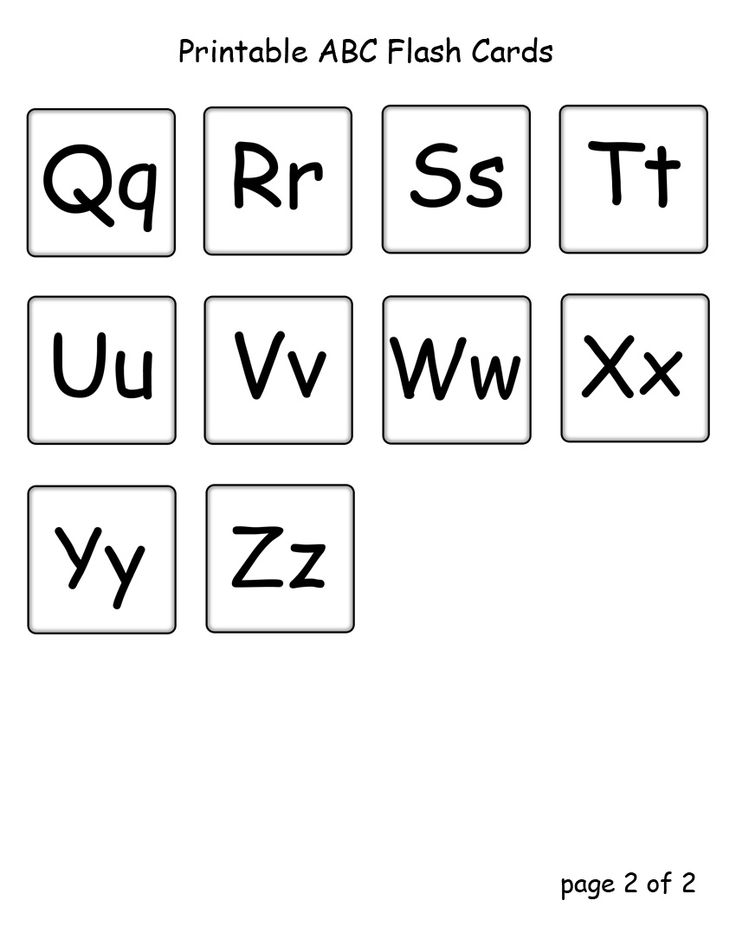
How is this upper case character?
Where is the uppercase
This is done for the convenience of fast typing. If the letter to be capitalized is on the right, then the left side is used. During the transition, press simultaneously, first "Shift", and then the desired character. And when the desired character is located on the left, vice versa.
What should the password look like?
A good password is always a combination. It uses symbols, letters and numbers of different case. Password length - preferably at least 8 characters, and preferably at least 12. Avoid semantic passwords: do not use common phrases or words.
What characters must the zoom password contain?
Have a minimum length. The password length can be increased from a minimum of 8 characters to 14 characters. Contain at least 1 special character (!, @, #…). Requires a special character in the password.
What is the strongest password?
The strongest passwords are at least 12-15 characters long, containing both numbers and uppercase and lowercase letters.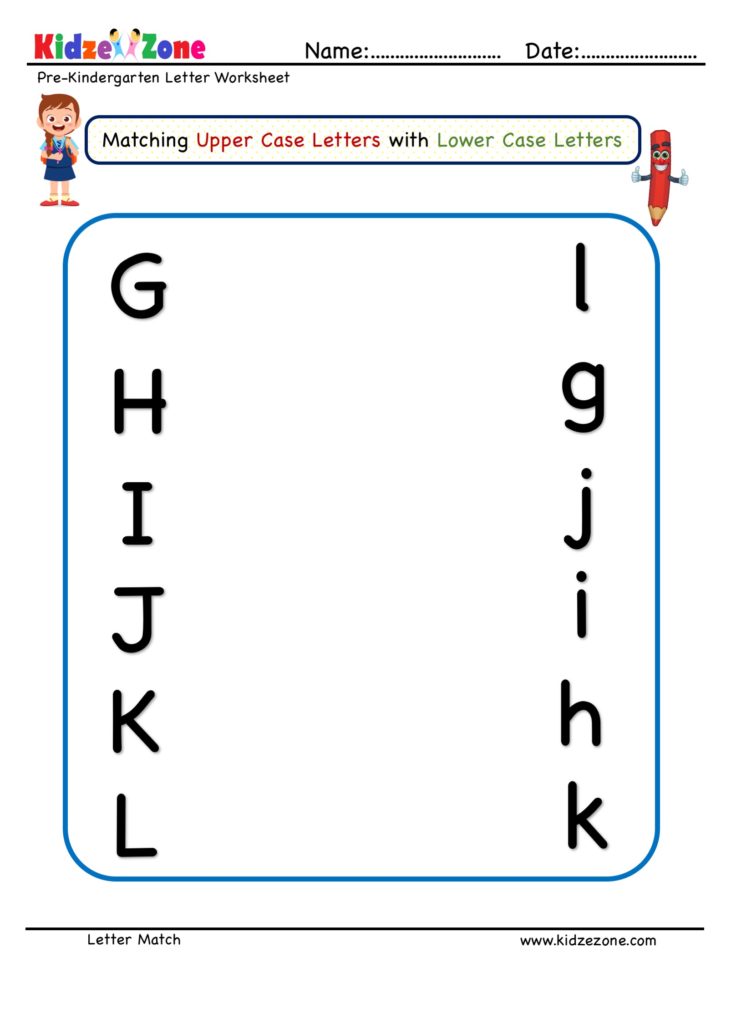 An example of a strong password is psdRjoKcuedQFv7. This is an absolutely random character set that does not obey logic.
An example of a strong password is psdRjoKcuedQFv7. This is an absolutely random character set that does not obey logic.
What is upper and lower case on a keyboard?
When first starting out with the keyboard, novice users often have the following question: “What are upper and lower case on the keyboard?” It turns out that everything is very simple. Upper case means that capital letters are currently being entered from the keyboard, and lower case, respectively, lower case. That is, each sentence begins with a capital letter. We use upper case for this. The rest of the sentence is "small" letters, that is, lowercase is used. This is the answer to the question of what is upper and lower case on the keyboard. There are various ways to switch between these input modes, which will be discussed next.
Momentary switching
Now we know what upper and lower case are on the keyboard. Let's deal with the main ways to switch between "large" and "small" letters.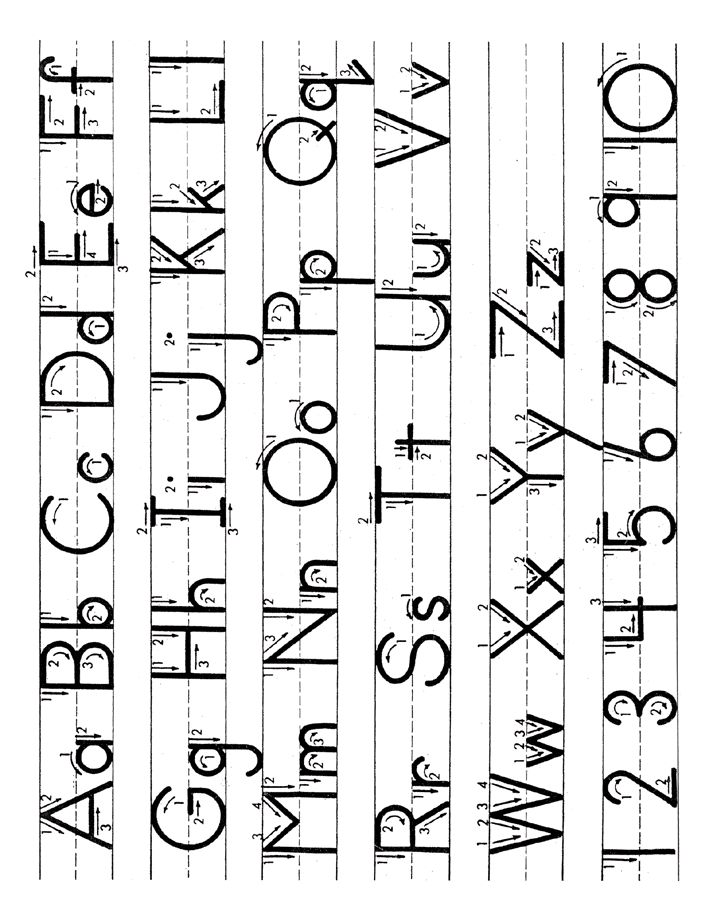 There is a momentary and permanent switching. Another way is programmatically implemented in office software. It will also be considered in the framework of this material. Let's start with the short term. Each computer keyboard has a "Shift" key (some of them may have an up arrow instead of an inscription). If capital letters are currently being entered, then pressing this key in combination with any text character will make it appear in lower case, and vice versa. This method is convenient to use at the beginning of a sentence. That is, they entered an uppercase character, and then everything is typed already in lowercase format.
There is a momentary and permanent switching. Another way is programmatically implemented in office software. It will also be considered in the framework of this material. Let's start with the short term. Each computer keyboard has a "Shift" key (some of them may have an up arrow instead of an inscription). If capital letters are currently being entered, then pressing this key in combination with any text character will make it appear in lower case, and vice versa. This method is convenient to use at the beginning of a sentence. That is, they entered an uppercase character, and then everything is typed already in lowercase format.
Long dialing
The upper and lower case of the keyboard can be switched by another method. For these purposes, there is a special key "Caps Lock". It is usually located on the far left row of the keyboard between the Tab and Shift keys. When you press it, there is a constant change of case. To determine the current mode, we look at the LED on the keyboard with exactly the same inscription - “Caps Lock”.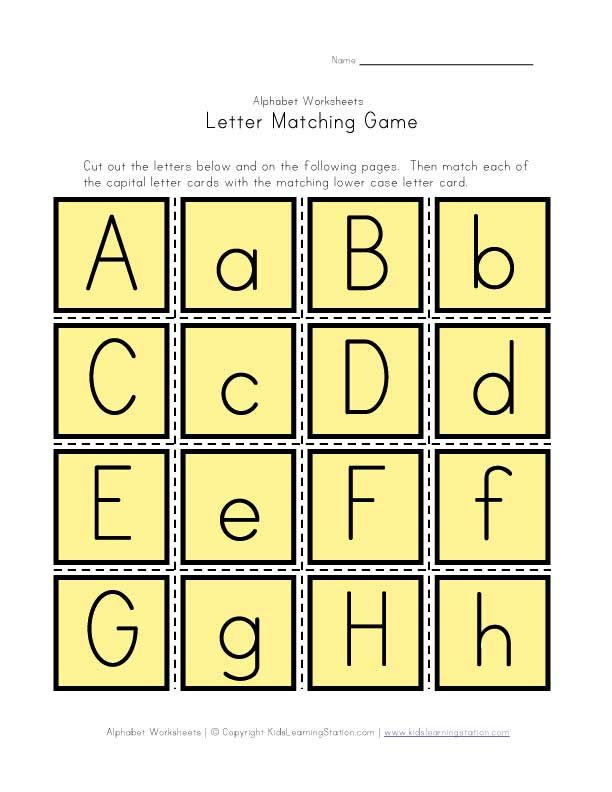 If it is lit, it means that uppercase letters are being entered, otherwise lowercase. To switch from one mode to another, press this key again. This method is best used when you need to constantly type text in one format (for example, only uppercase characters), and switching between input formats, if any, does not happen so often.
If it is lit, it means that uppercase letters are being entered, otherwise lowercase. To switch from one mode to another, press this key again. This method is best used when you need to constantly type text in one format (for example, only uppercase characters), and switching between input formats, if any, does not happen so often.
For Office Applications
Another way to change uppercase and lowercase characters is implemented in the Microsoft office suite. Most often it is used in the word processor "Word". During the input process, did you accidentally forget to switch from large letters to small letters or vice versa? Upper and lower case characters in this case can be changed as follows. We select the required fragment of text either with the left mouse button, or with the use of "Shift" and the cursor keys. Next, in the toolbar "Home" we find the subsection "Font". It has a button to change the register. It has a large and small "a" on it. Click on it with the left mouse button once.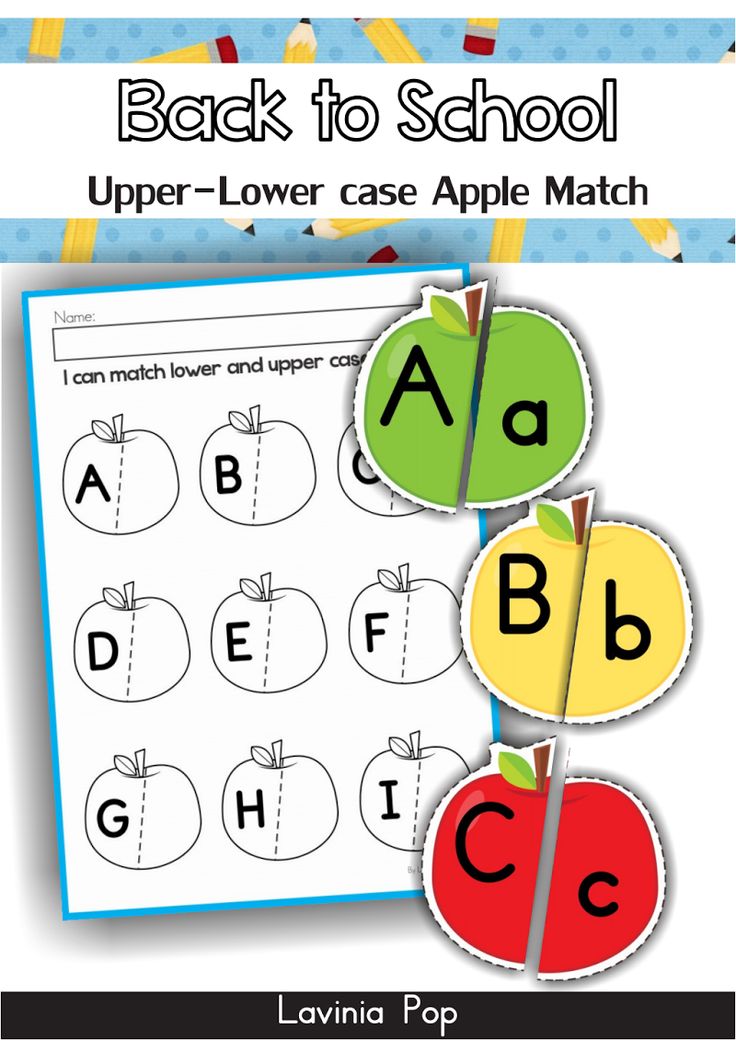 A menu will pop up in which you need to select the item we need. For example, if you entered uppercase, but you need lowercase, then select the items “Change case” or “All lowercase”. Regardless of the choice, the result will be identical - all letters in the selected fragment will become "small". This method can only be used in the Microsoft office suite, and only on text that is entered into the computer.
A menu will pop up in which you need to select the item we need. For example, if you entered uppercase, but you need lowercase, then select the items “Change case” or “All lowercase”. Regardless of the choice, the result will be identical - all letters in the selected fragment will become "small". This method can only be used in the Microsoft office suite, and only on text that is entered into the computer.
Results
This article answers the question of what is upper and lower case on the keyboard. The main ways to switch between uppercase and lowercase characters are also given. It is not recommended to use one, strictly defined method - this will significantly reduce the productivity of work. It is best to combine them and, depending on the situation, use one or the other.
What is upper and lower case on a keyboard? Must contain both upper and lower case characters like
What does "password must contain uppercase and lowercase characters" mean?
What does "password must contain uppercase and lowercase characters" mean?
There must be capital letters, for example A, and ordinary letters, for example, a
This means that you should come up with a more complex password for your registration on the resource, it must contain both lowercase and uppercase letters of the Latin or Russian alphabet.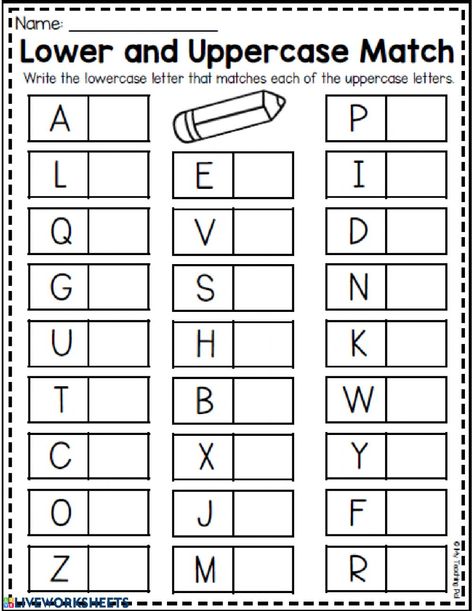 For example: quot; or the same in Latin.
For example: quot; or the same in Latin.
This method will protect your account much more effectively from hacks. The only drawback of such a password is that you yourself may not remember it and forget it. Therefore, I have long ago started a small notebook for myself, in which I keep a record of all my passwords, logins and accounts, it’s much easier to remember later and you don’t have to frantically restore passwords to e-mail or remember security questions (if you have any)
Such a requirement in the form of a tablet often appears when registering on a website or resource, when creating a personal account or e-mail, if the password you entered is weak enough and easy for hackers to crack.
That is why, to strengthen the password, it is necessary to combine both ordinary characters and letters that are located on the keyboard. and those signs and letters. which become available to us by pressing the Shift or Caps Lock key. This is not only capital letters, but also many symbols.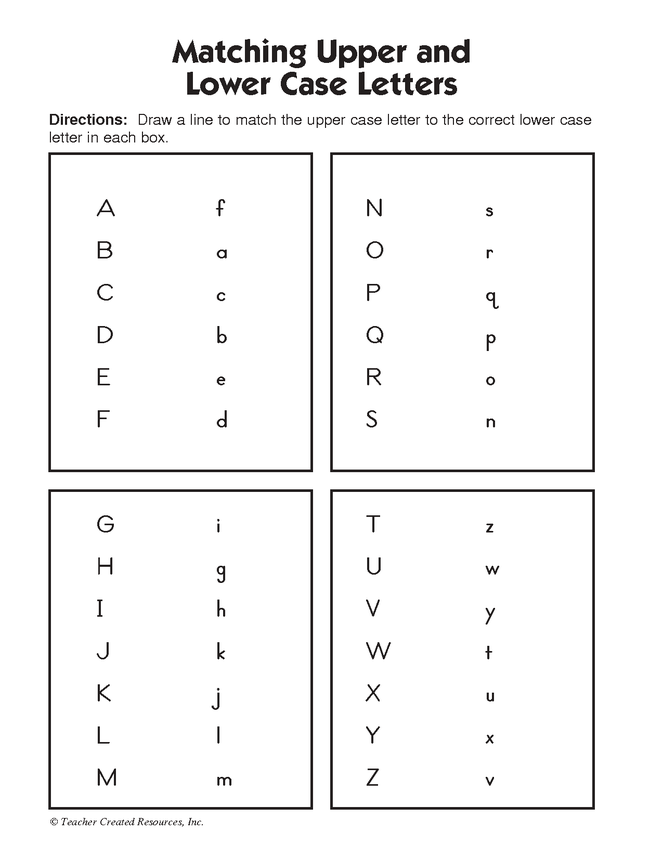
The Shift key must be held down while pressing another selected key, you will get uppercase characters. The Caps key simply switches to upper case, you can type as many characters as you like in this mode. An additional press of this key disables it and translates it into lower case - that is, normal mode.
Many sites, when registering for them, require you to come up with a complex password that must combine uppercase and lowercase letters. This is done for the security of your account (protection against hacking). Sometimes letters are asked to add numbers or special characters.
If you do not want to come up with a complex password yourself, then you can generate it on a special site. While speaking of lowercase, they mean lowercase letters. So in this case, the inscription means the fact that for greater security of the password, you need to use both small and large letters when creating it.
If, when entering a password on any service, a similar message is displayed on the screen, it means that the password must contain quot; large quot ;, that is, capital letters (A, C, etc.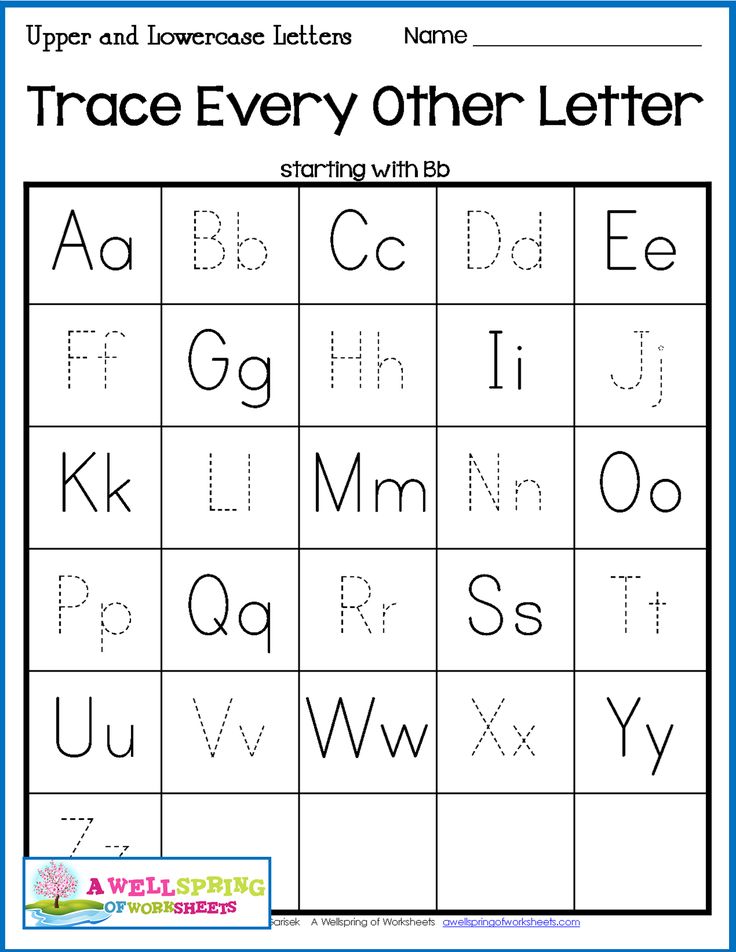 ).
).
For example, a similar condition is required when registering/creating an account in the AppStore online store.
The password must contain at least one capital letter and numbers.
This means that your password must contain both lowercase and uppercase letters. To capitalize letters, you need to hold down the shift key and click on the letter you need. You can also turn on the Caps lock key and you will have capital letters.
Press the Shift key on the keyboard to write uppercase letters (uppercase or lowercase).
You don't need to press anything to write lowercase letters, they are normal lowercase letters.
That is, if the system requires that the password contain uppercase and lowercase characters, this means that it must contain both uppercase (big) and lowercase (small) letters.
Nowadays, people spend most of their time on various sites, and in order to save your data, they require you to create a password that only you know.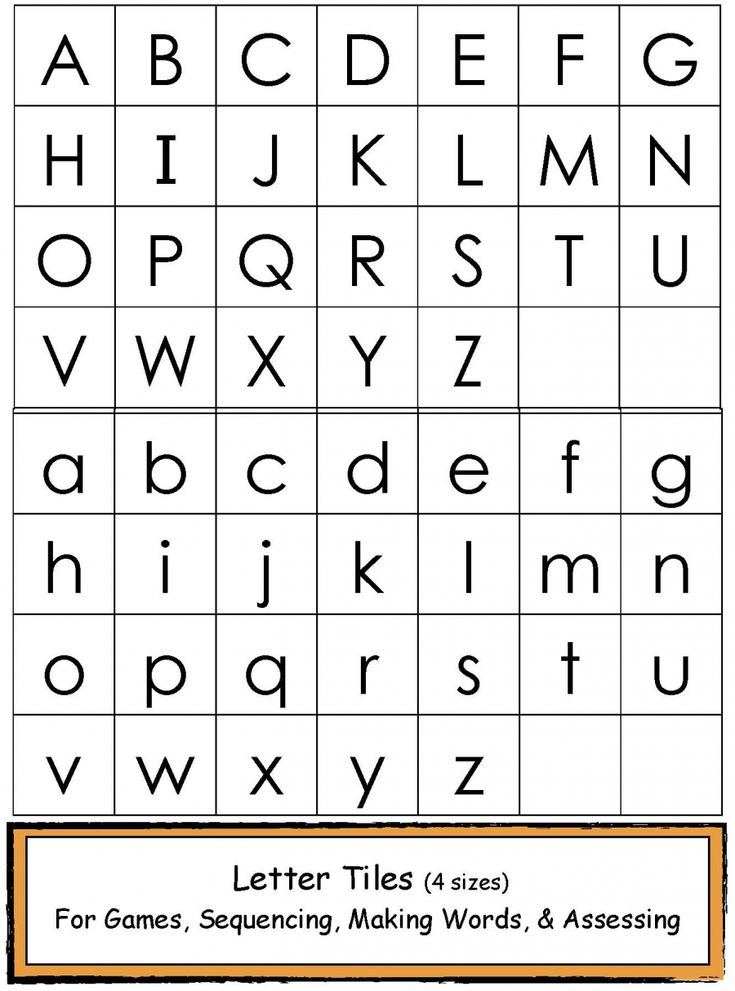
But, attempts to hack and steal accounts have become more frequent, and now many sites require the use of upper and lower case:
- Upper case is the spelling of letters with a capital letter, that is, all capital letters, capital letters;
- Lower case is the spelling of letters with a small letter, that is, all small capital letters.
What is upper and lower case on a keyboard?
When first introduced to the keyboard, novice users often have the following question: “What are upper and lower case on the keyboard?” It turns out that everything is very simple. Upper case means that capital letters are currently being entered from the keyboard, and lower case, respectively, lower case. That is, each sentence begins with a capital letter. We use upper case for this. The rest of the sentence is "small" letters, that is, lowercase is used. This is the answer to the question of what is upper and lower case on the keyboard. There are various ways to switch between these input modes, which will be discussed next.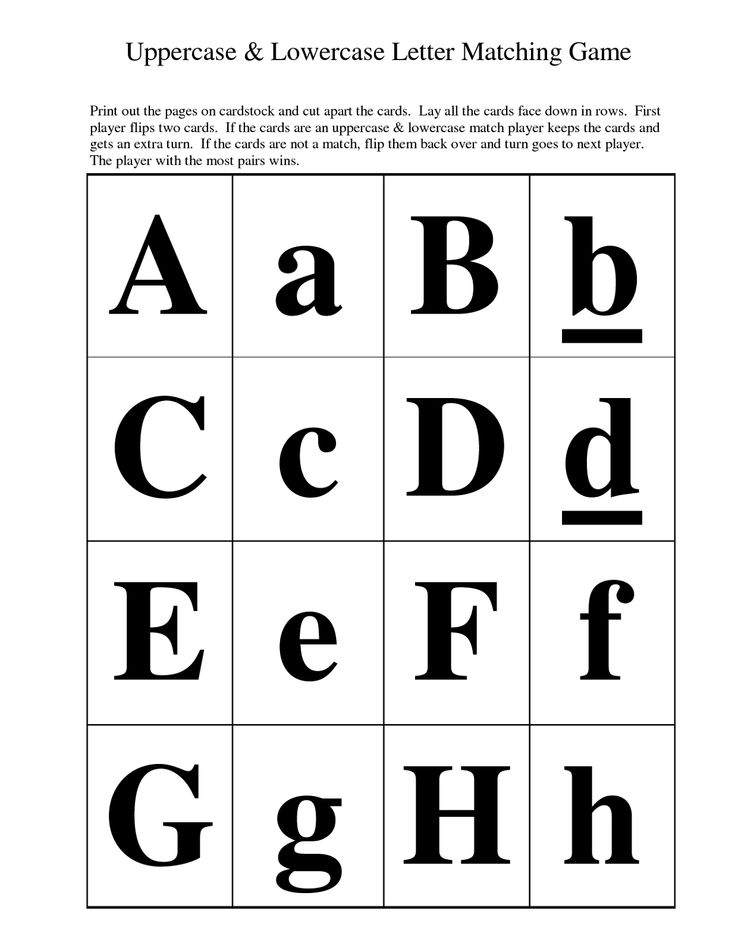
Momentary switching
Now we know what upper and lower case are on the keyboard. Let's deal with the main ways to switch between "large" and "small" letters. There is a momentary and permanent switching. Another way is programmatically implemented in office software. It will also be considered in the framework of this material. Let's start with the short term. Each computer keyboard has a "Shift" key (some of them may have an up arrow instead of an inscription). If capital letters are currently being entered, then pressing this key in combination with any text character will make it appear in lower case, and vice versa. This method is convenient to use at the beginning of a sentence. That is, they entered an uppercase character, and then everything is typed already in lowercase format.
Long dialing
The upper and lower case of the keyboard can be switched by another method. For these purposes, there is a special key "Caps Lock". It is usually located on the far left row of the keyboard between the Tab and Shift keys.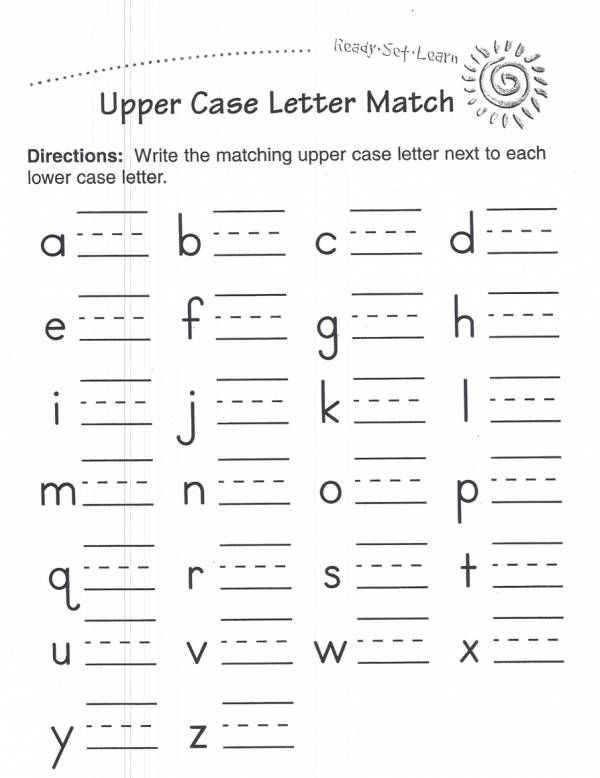 When you press it, there is a constant change of case. To determine the current mode, we look at the LED on the keyboard with exactly the same inscription - “Caps Lock”. If it is lit, it means that uppercase letters are being entered, otherwise lowercase. To switch from one mode to another, press this key again. This method is best used when you need to constantly type text in one format (for example, only uppercase characters), and switching between input formats, if any, does not happen so often.
When you press it, there is a constant change of case. To determine the current mode, we look at the LED on the keyboard with exactly the same inscription - “Caps Lock”. If it is lit, it means that uppercase letters are being entered, otherwise lowercase. To switch from one mode to another, press this key again. This method is best used when you need to constantly type text in one format (for example, only uppercase characters), and switching between input formats, if any, does not happen so often.
For office applications
Another way to change uppercase and lowercase characters is implemented in the Microsoft office suite. Most often it is used in the word processor "Word". During the input process, did you accidentally forget to switch from large letters to small letters or vice versa? Upper and lower case characters in this case can be changed as follows. We select the required fragment of text either with the left mouse button, or with the use of "Shift" and the cursor keys.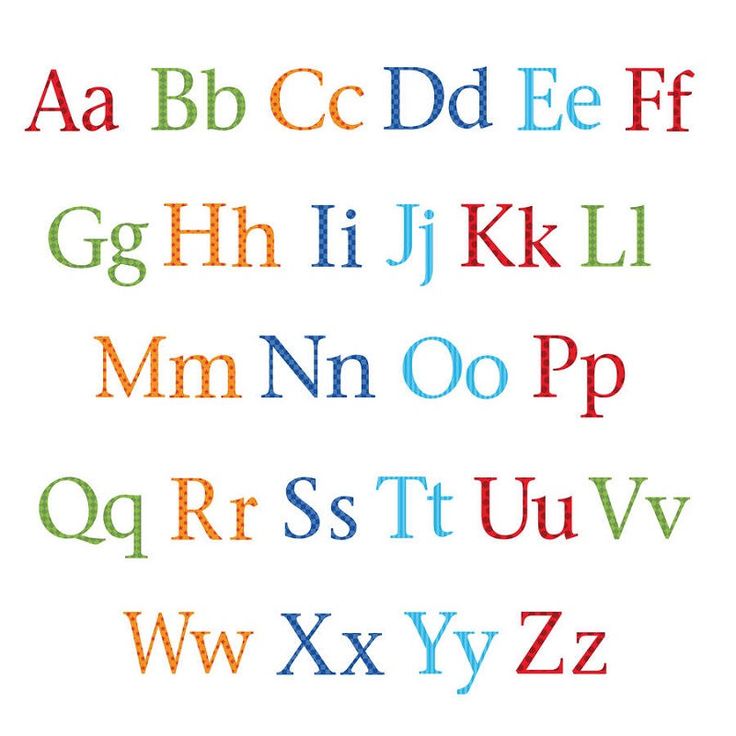 Next, in the toolbar "Home" we find the subsection "Font". It has a button to change the register. It has a large and small "a" on it. Click on it with the left mouse button once. A menu will pop up in which you need to select the item we need. For example, if you entered uppercase, but you need lowercase, then select the items “Change case” or “All lowercase”. Regardless of the choice, the result will be identical - all letters in the selected fragment will become "small". This method can only be used in the Microsoft office suite, and only on text that is entered into the computer.
Next, in the toolbar "Home" we find the subsection "Font". It has a button to change the register. It has a large and small "a" on it. Click on it with the left mouse button once. A menu will pop up in which you need to select the item we need. For example, if you entered uppercase, but you need lowercase, then select the items “Change case” or “All lowercase”. Regardless of the choice, the result will be identical - all letters in the selected fragment will become "small". This method can only be used in the Microsoft office suite, and only on text that is entered into the computer.
Results
This article answers the question of what is upper and lower case on the keyboard. The main ways to switch between uppercase and lowercase characters are also given. It is not recommended to use one, strictly defined method - this will significantly reduce the productivity of work. It is best to combine them and, depending on the situation, use one or the other.
How to understand this? Your password must contain upper and lower case characters and numbers.
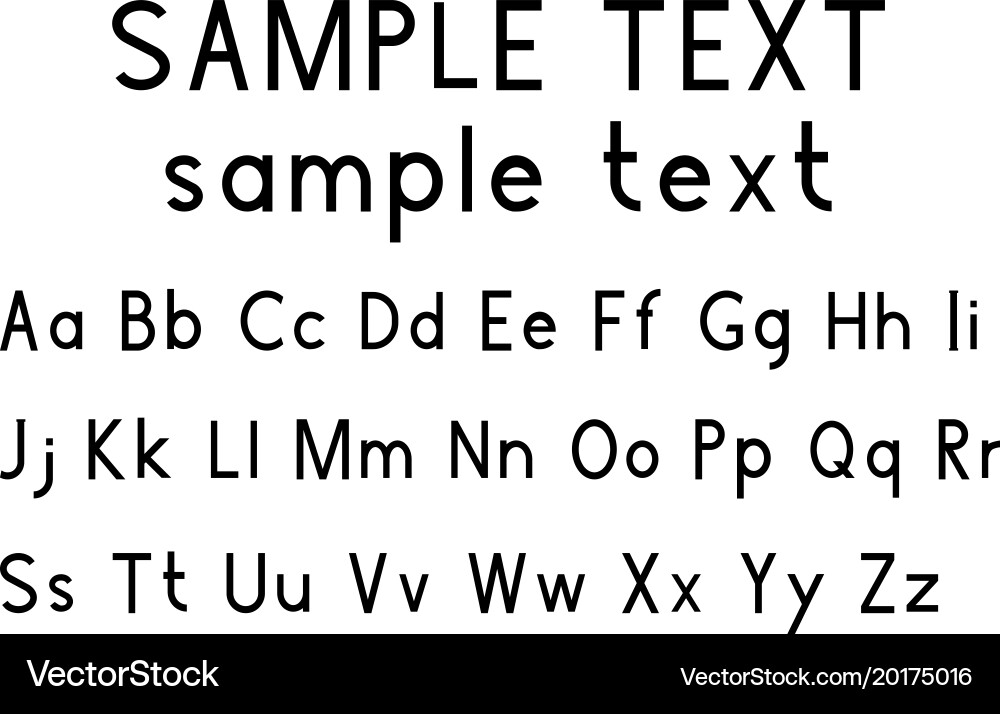
How to understand this? Your password must contain upper and lower case characters and numbers.
- yes not like
- Upper and lowercase letters and numbers
- 1Ж2у3L4i5k like this for example
- HORtaeefadfj1234445562jjHER
- These are large and small letters. Like this "A"
- Upper and lower case are capital and small letters.
- Thank you all! =>
- ss
- Upper case - upper case Lower case - small letter
- well, it means something like this all together like KlinGer2010
- is simple: large and small letters numbers from 1 to 0 in any sequence
- Thank you very much!
- RThor567ff
- must be capitalized
- Uppercase and uppercase letters and numbers.
- uppercase and lowercase letters and numbers, if just
- type FPNW%03426672digtbnjtoujttrysmitzp3shniukndssschschschschschschschschschschrog
- People, I'm shocked.. there is a program to get gold for free! She is very simple! And not difficult at all! In general, the prizes are also good: 700 gold, 70000 silver and 7000 energy! To get all this, you need to copy or write it in any 5 comments! Then go into the game and press the space bar 10 times! go to the salon and click on the chair! Then come back home and hit the space bar again 10 times! And that lady!! You will have all the prizes) This is not a scam!! Verified by 20,000 people! Anna Pereman: wow!! class in general! I didn’t believe it myself, but now I’m sitting and spending gold for my own pleasure! Sasha Abdulov: to be honest, at first I didn’t believe that this was not spam, otherwise they usually write and lie! And now I'm in shock! thanks for such a great program! I advise everyone! Kristina Kristyusha: wow.
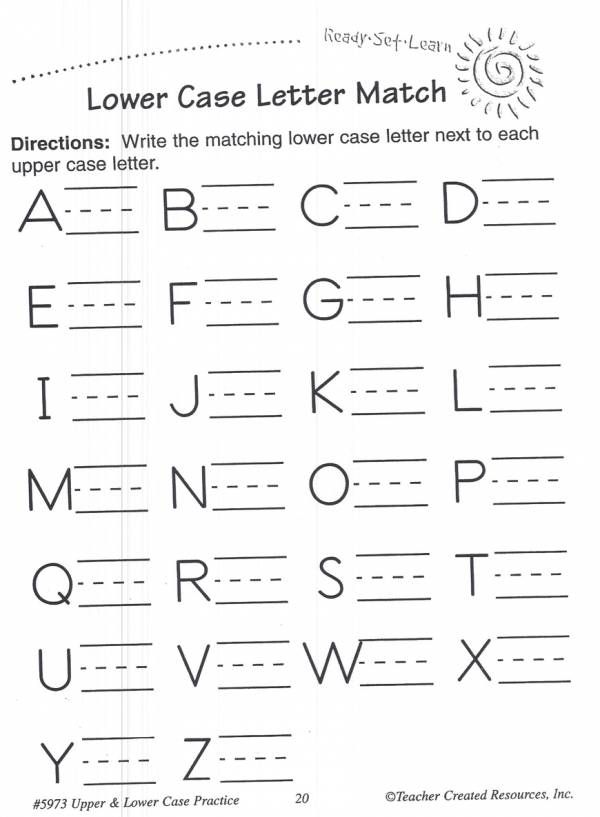 I didn't believe. I thought it was just spam, just like the others. and right now I'm sitting and spending all the gold! I’m dialing the prog for the hundredth time and already 3000 with something gold. guys try it! this is not spam. Alna Koroleva AMV: generally super!! I'm shocked. I thought it would be a scam and all that. but now I just can’t even close my mouth from surprise. this is real and true. people, try it!
I didn't believe. I thought it was just spam, just like the others. and right now I'm sitting and spending all the gold! I’m dialing the prog for the hundredth time and already 3000 with something gold. guys try it! this is not spam. Alna Koroleva AMV: generally super!! I'm shocked. I thought it would be a scam and all that. but now I just can’t even close my mouth from surprise. this is real and true. people, try it! - Uppercase: ASDFGCHYCL. etc. Lower case: asdfgchycl. etc. As well as numbers: it should be clear here.
- AAAAAAAA Well, now I mined)))
What does it mean should contain symbols both in the upper and lower register
hacking of VK accounts and classmates SU0.ru/uuj1 for only 1000 rubles
large letters.
This means you don't have to yell capslock all the time.
how to understand this—Must contain both uppercase and lowercase characters. help
Danil, Do you want to read messages from friends or loved ones on Vkontakte? Follow link, it's free!
Uppercase - uppercase, lowercase - uppercase
Uppercase - hold Shift and press a key. Lower case - just press a key
What are upper and lower case letters?
Capital letters (song). … The difference between alphabetic letters in higher "upper" case and shorter "lower" case. Lowercase "a" and uppercase "A" are two variants of the first letter of the English alphabet.
What does it mean Password must contain upper and lower case?
When first introduced to the keyboard, novice users often have the following question: “What are upper and lower case on the keyboard?” It turns out that everything is very simple. Upper case means that capital letters are currently being entered from the keyboard, and lower case, respectively, lower case.
What are the upper case letters?
See what "upper case" is in other dictionaries: upper case - Large, upper case letters such as A, B, C (as opposed to lowercase, small letters a, b, c, etc.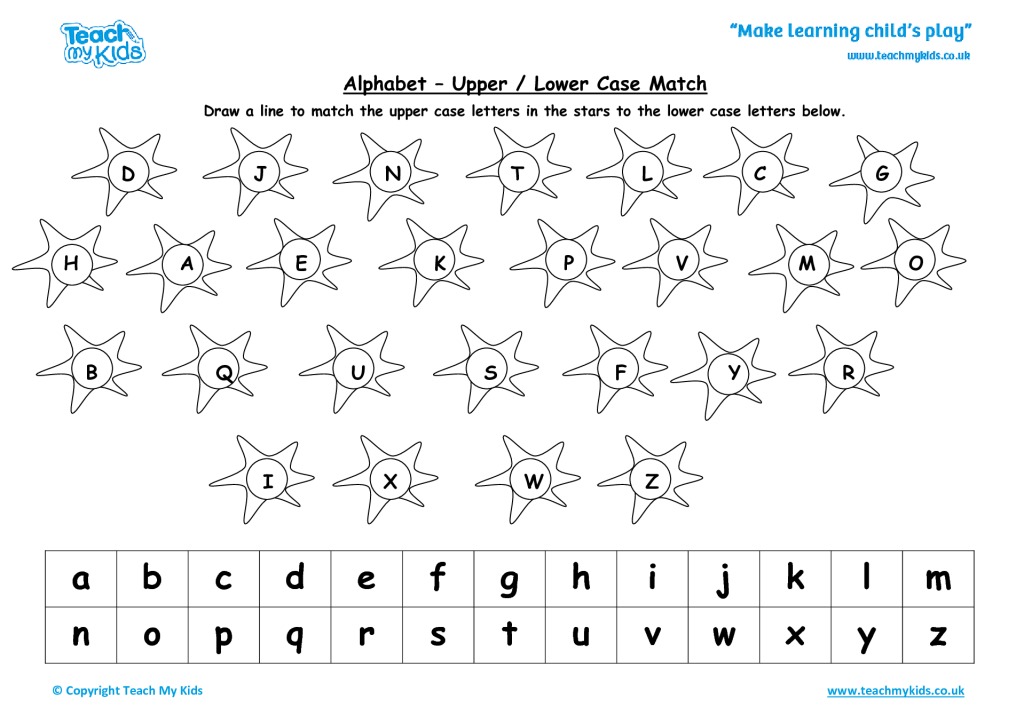
What are lowercase Latin letters?
See what "lowercase" is in other dictionaries: lowercase - Small, lowercase, lowercase letters such as a, b, c (as opposed to large, uppercase letters A, B, C, etc. ).
What do the numbers and letters mean, case sensitive?
The ability of a system or program to distinguish between uppercase and lowercase letters and respond differently to them. Performing various operations on text (such as finding or replacing characters) when uppercase and lowercase letters are treated as different.
What does it mean Password must contain upper case letters?
The upper case password must not contain the full user profile. This value specifies that the password cannot contain 2 or more consecutive letters. This value specifies that the first character of the password cannot be a letter. … This value specifies that the last character of the password cannot be a letter.
Where are the upper and lower case on the keyboard?
Press and hold the “Shift” key.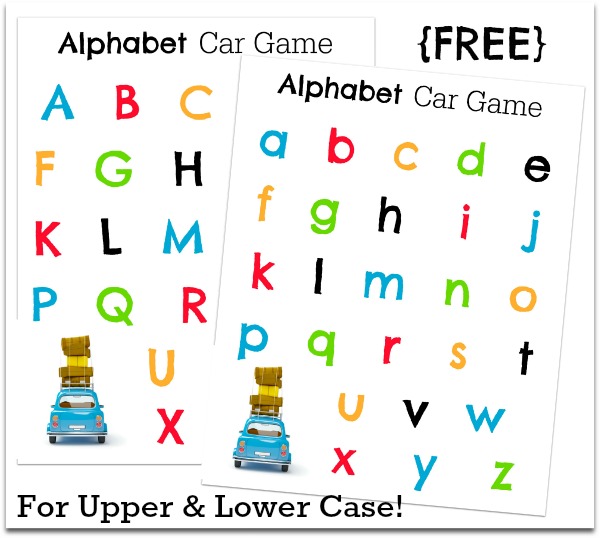 We press the key with the letter “З” - the capital (big) letter “З” is printed, which is in the upper case of the keyboard. Release the "Shift" key. We print “appearance” - lowercase (small) letters are printed, which are in the lower case of the keyboard.
We press the key with the letter “З” - the capital (big) letter “З” is printed, which is in the upper case of the keyboard. Release the "Shift" key. We print “appearance” - lowercase (small) letters are printed, which are in the lower case of the keyboard.
What does a register do?
Register is a device for writing, storing and reading n-bit binary data and performing other operations on them. ... A combinational digital device can be associated with the register, with the help of which certain operations are performed on words.
Which key puts the keyboard in uppercase mode?
Caps Lock (short for the English capitals lock - “fixing capital letters”) is a computer keyboard key designed to fix the case change of letters from lowercase to uppercase.
What is a heating register?
Heating register - a heating device made of smooth-walled pipes with a diameter of 25 mm or more, which are connected by gas or electric welding.
How to make lower case?
To change the case (lower, upper, or capitalize each word) by turning off the text and pressing SHIFT+F3 until the correct case is applied.